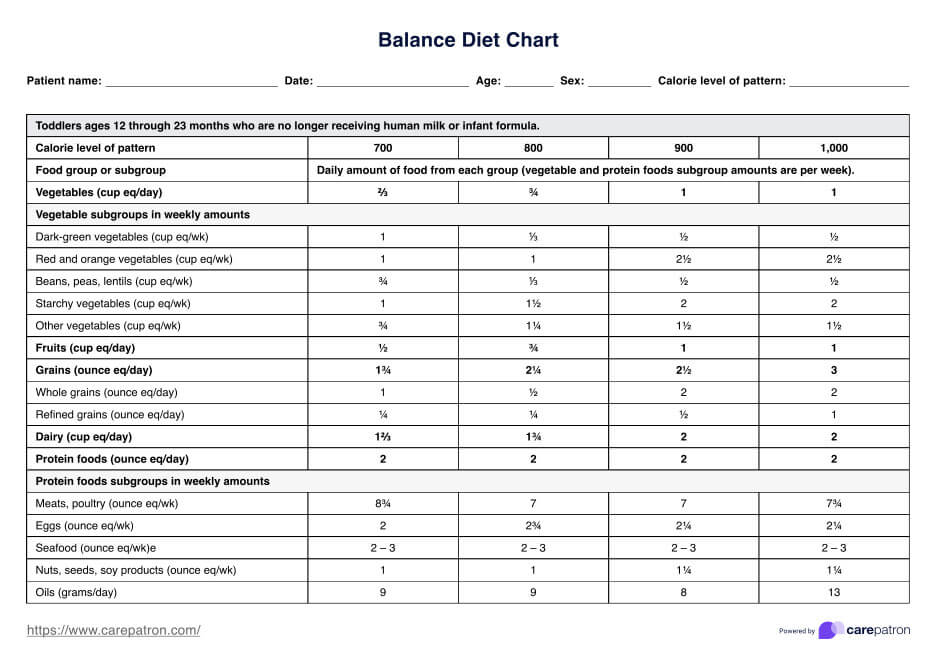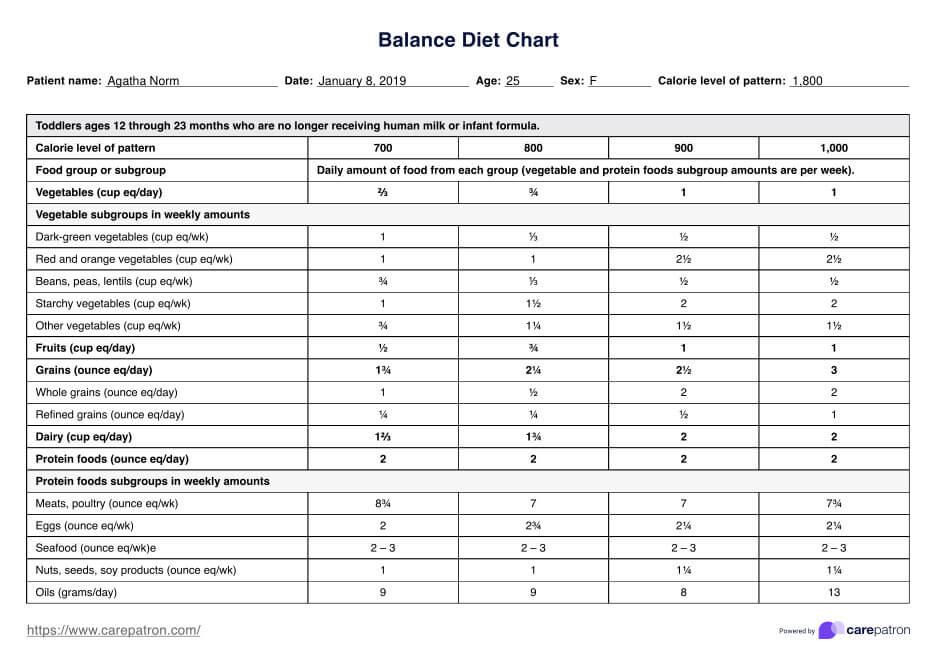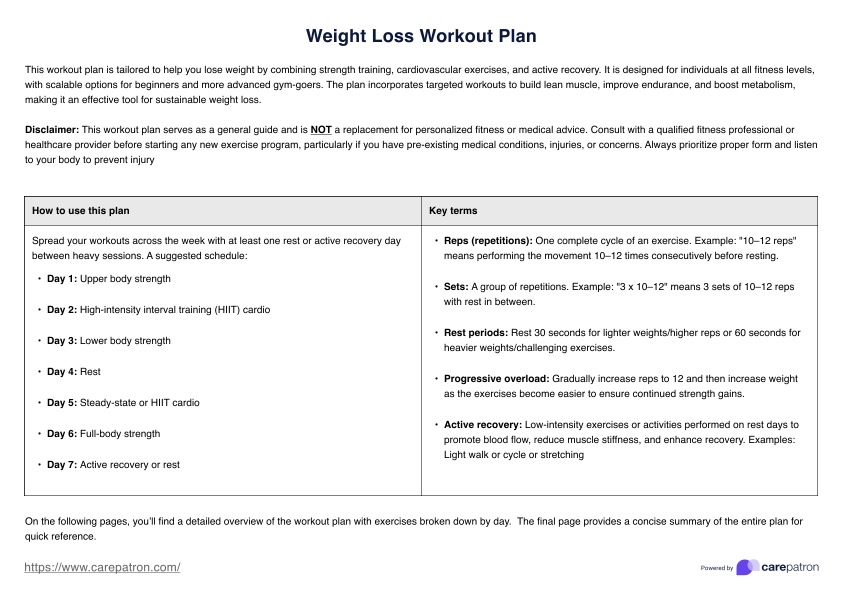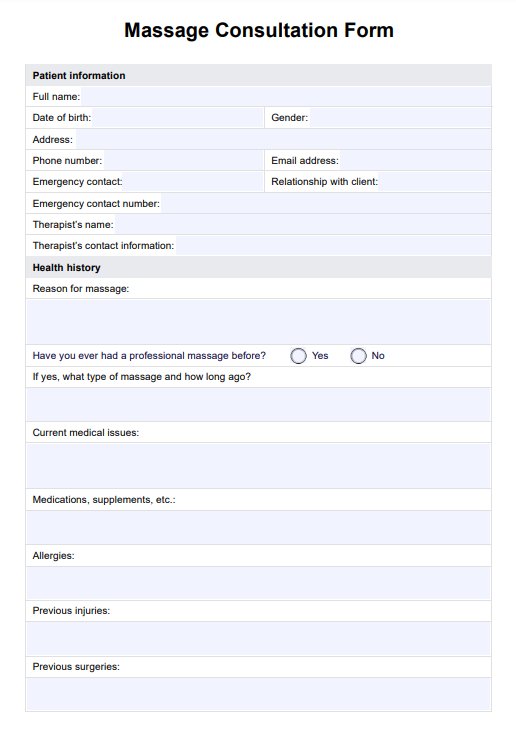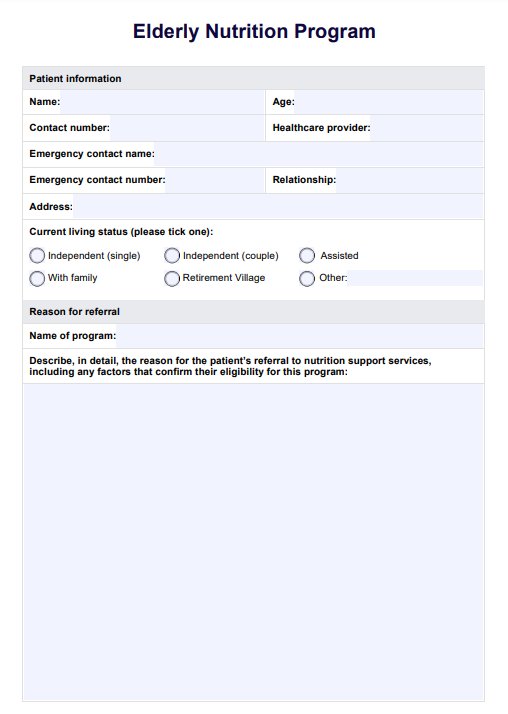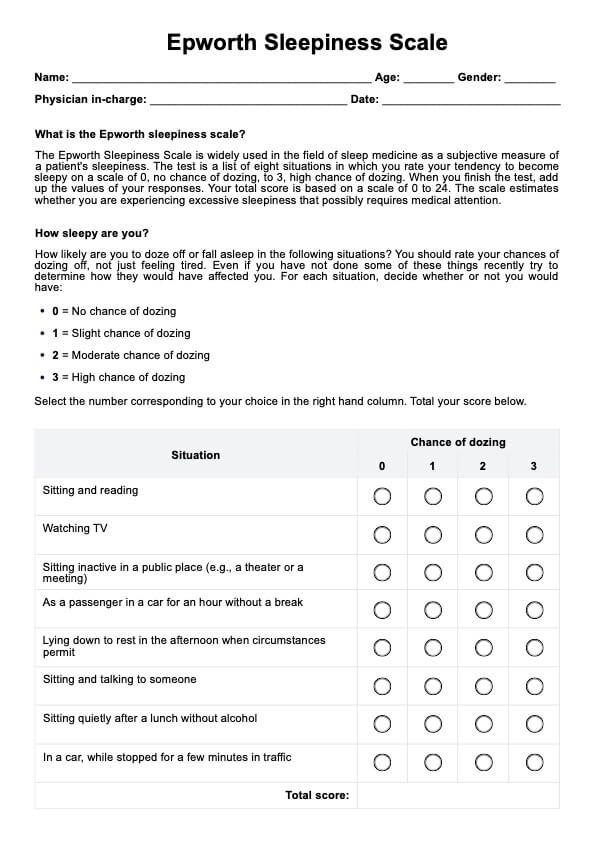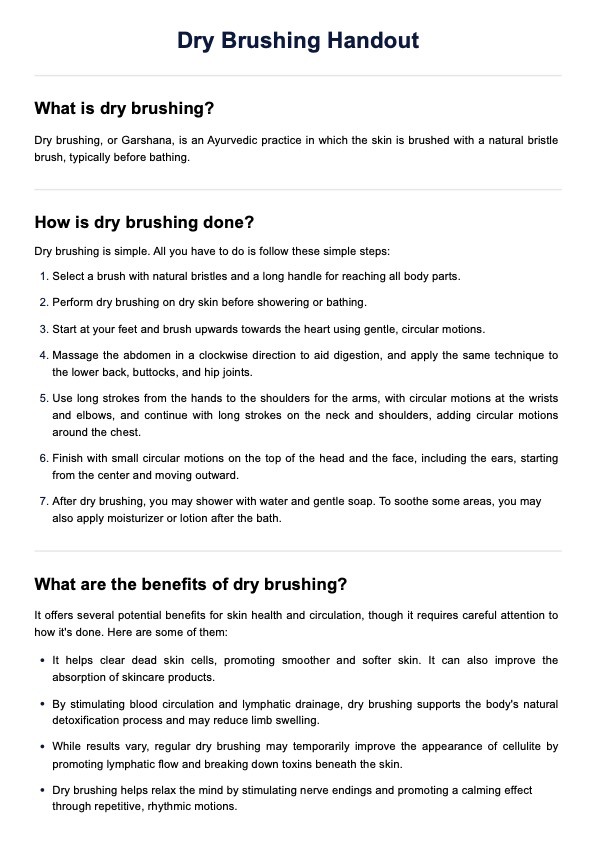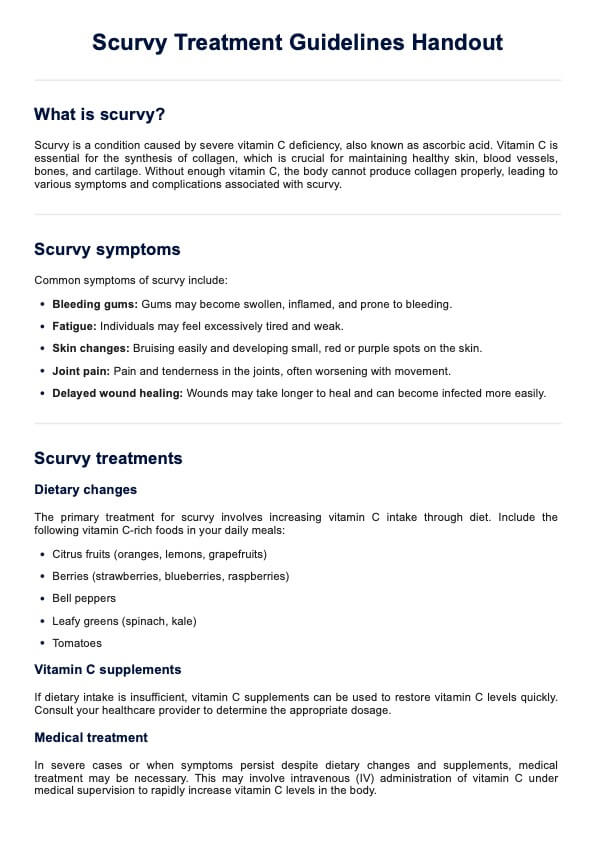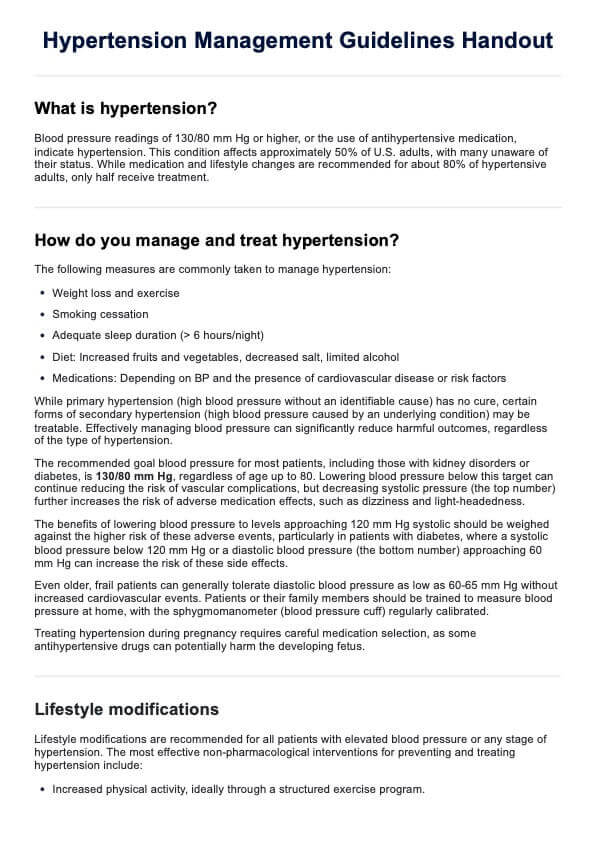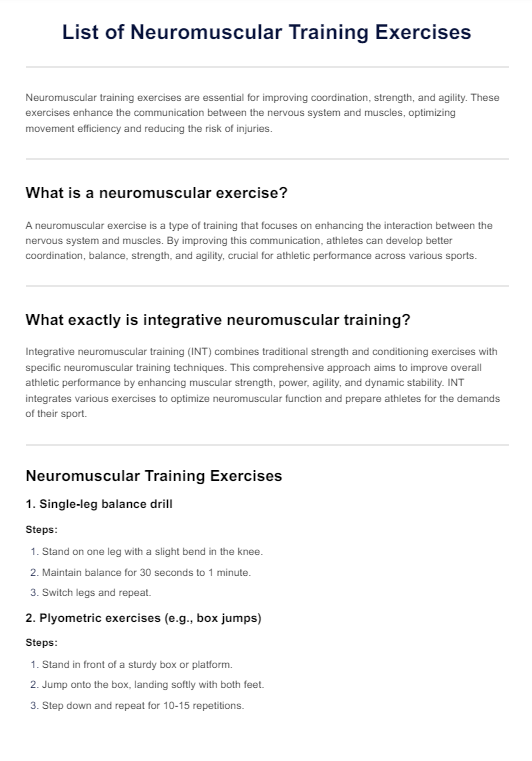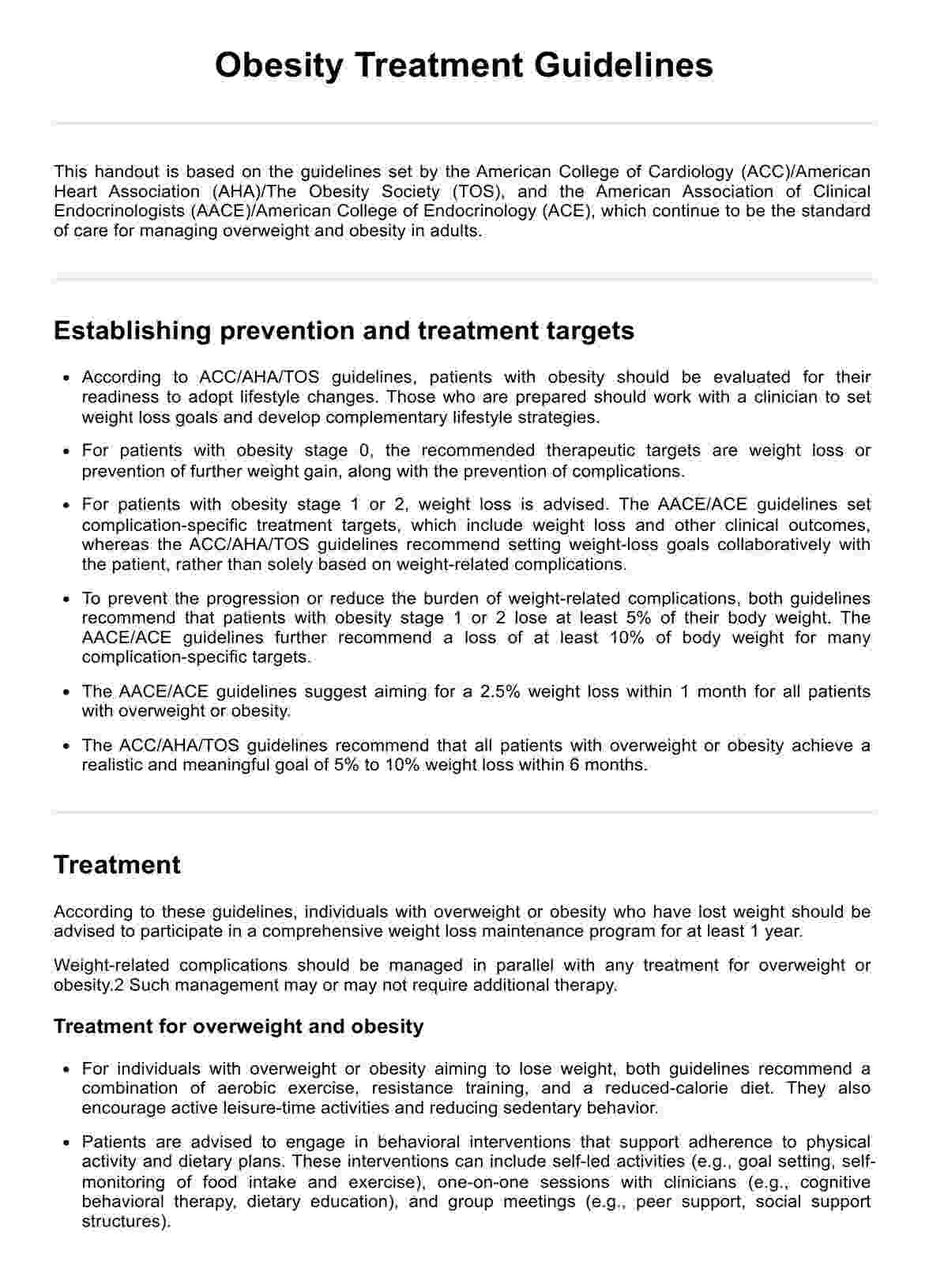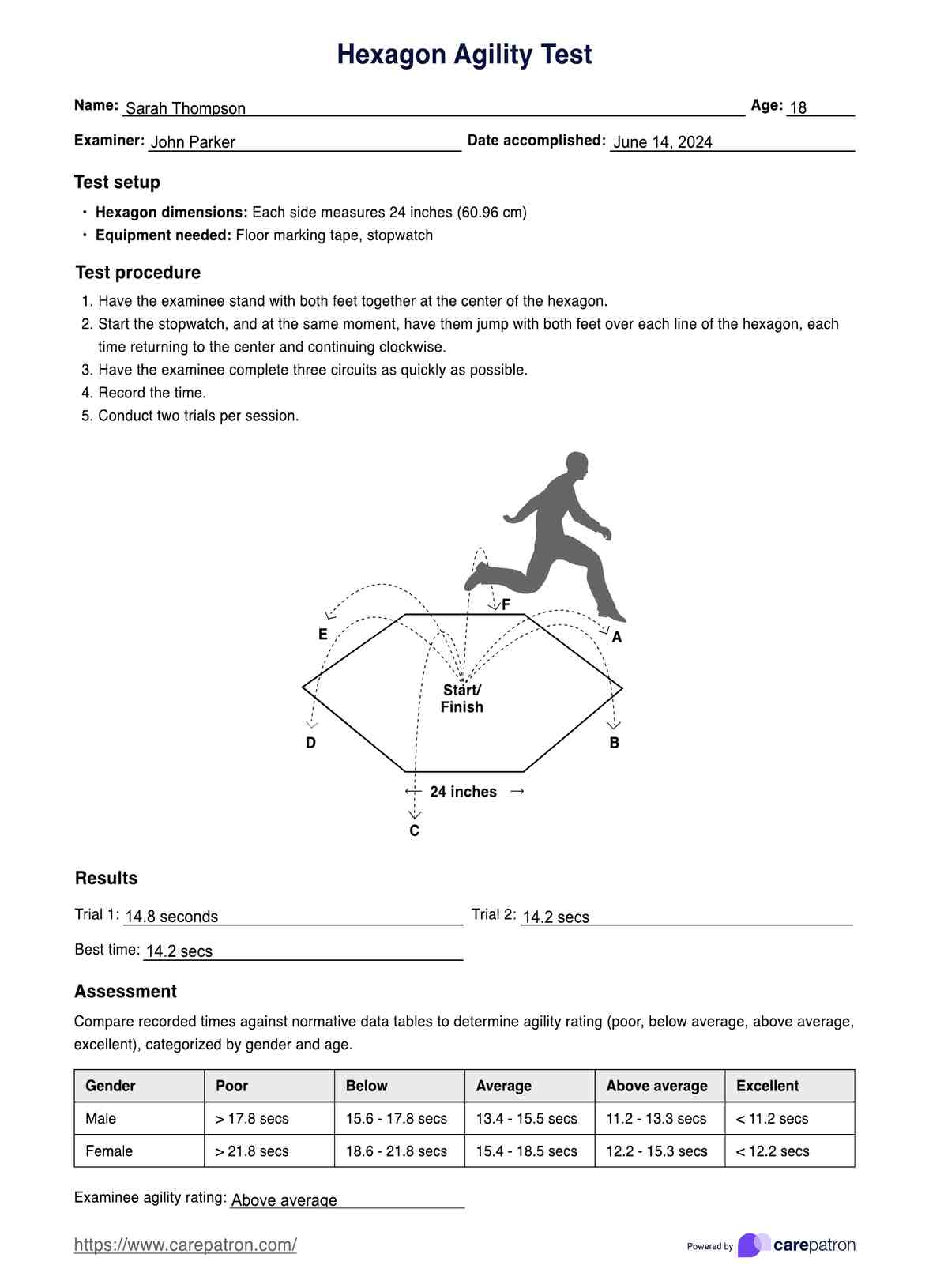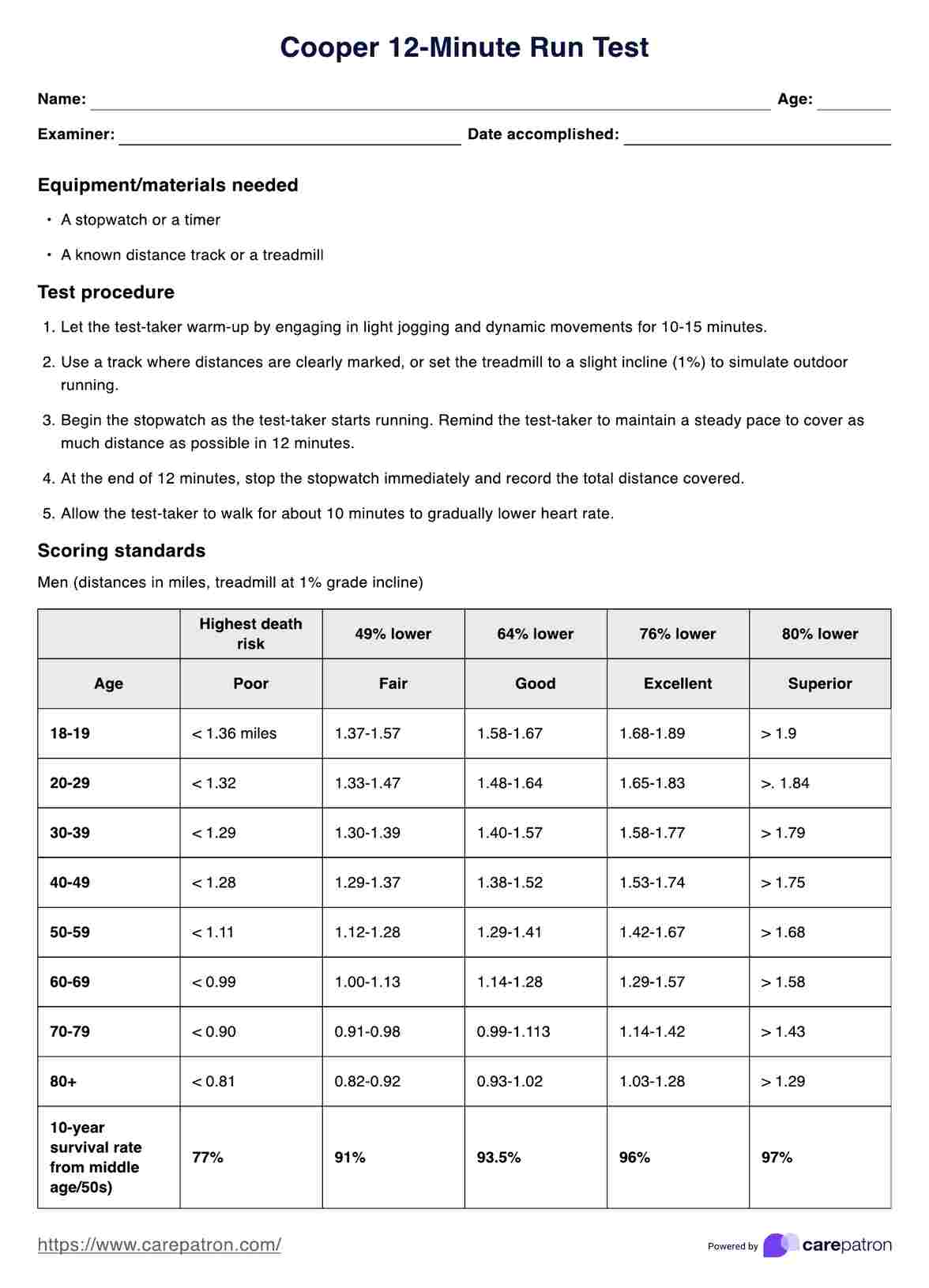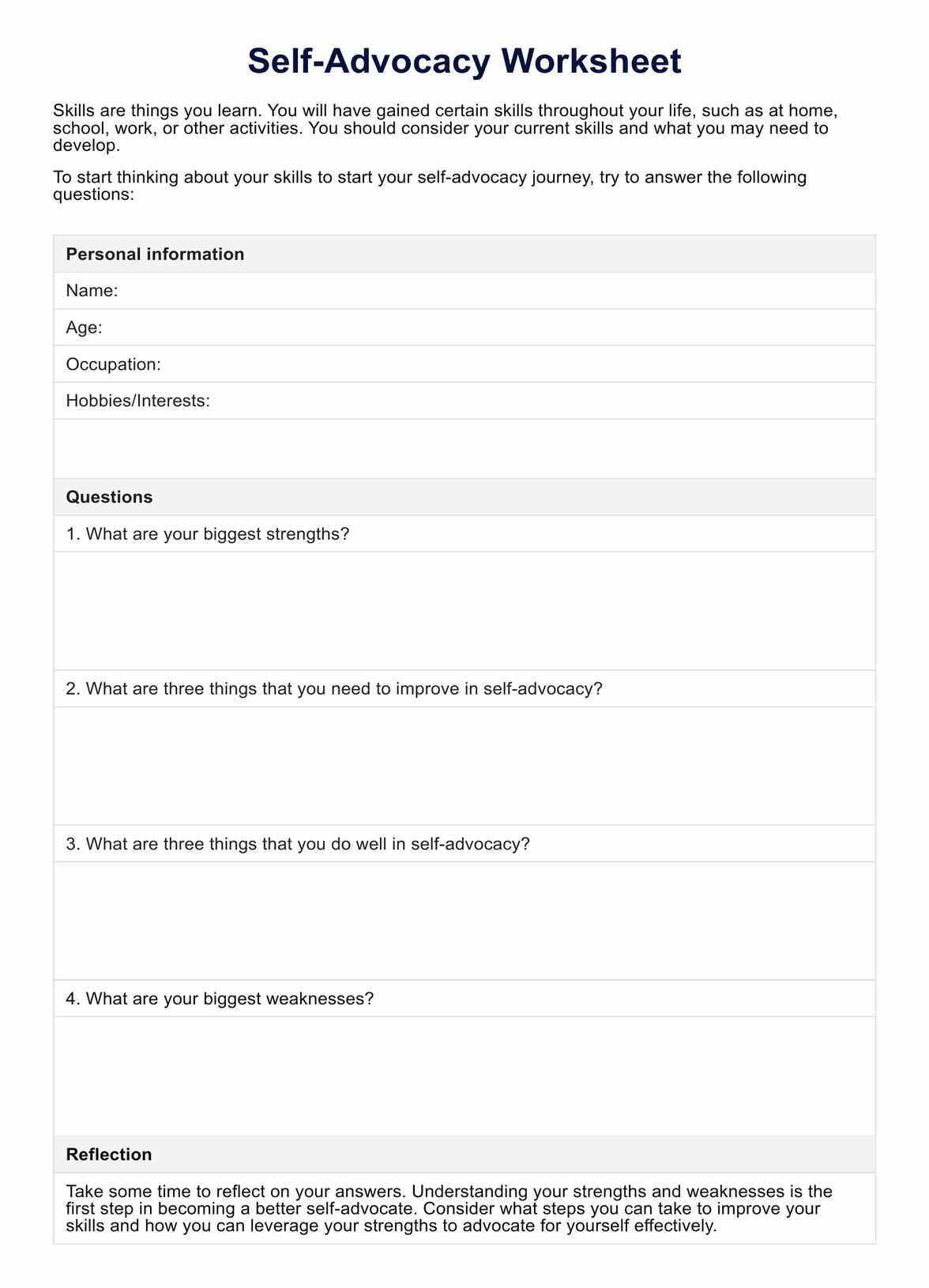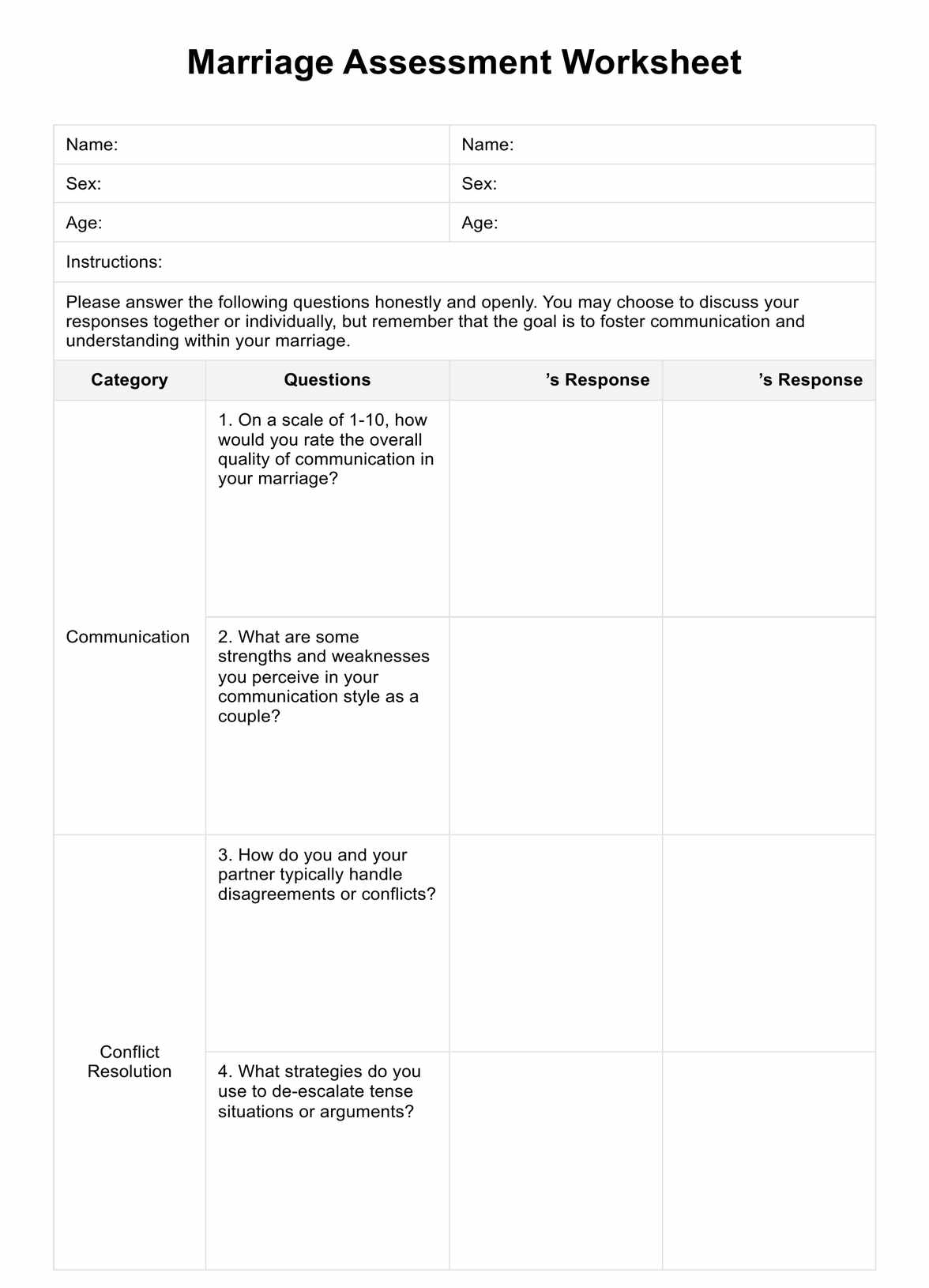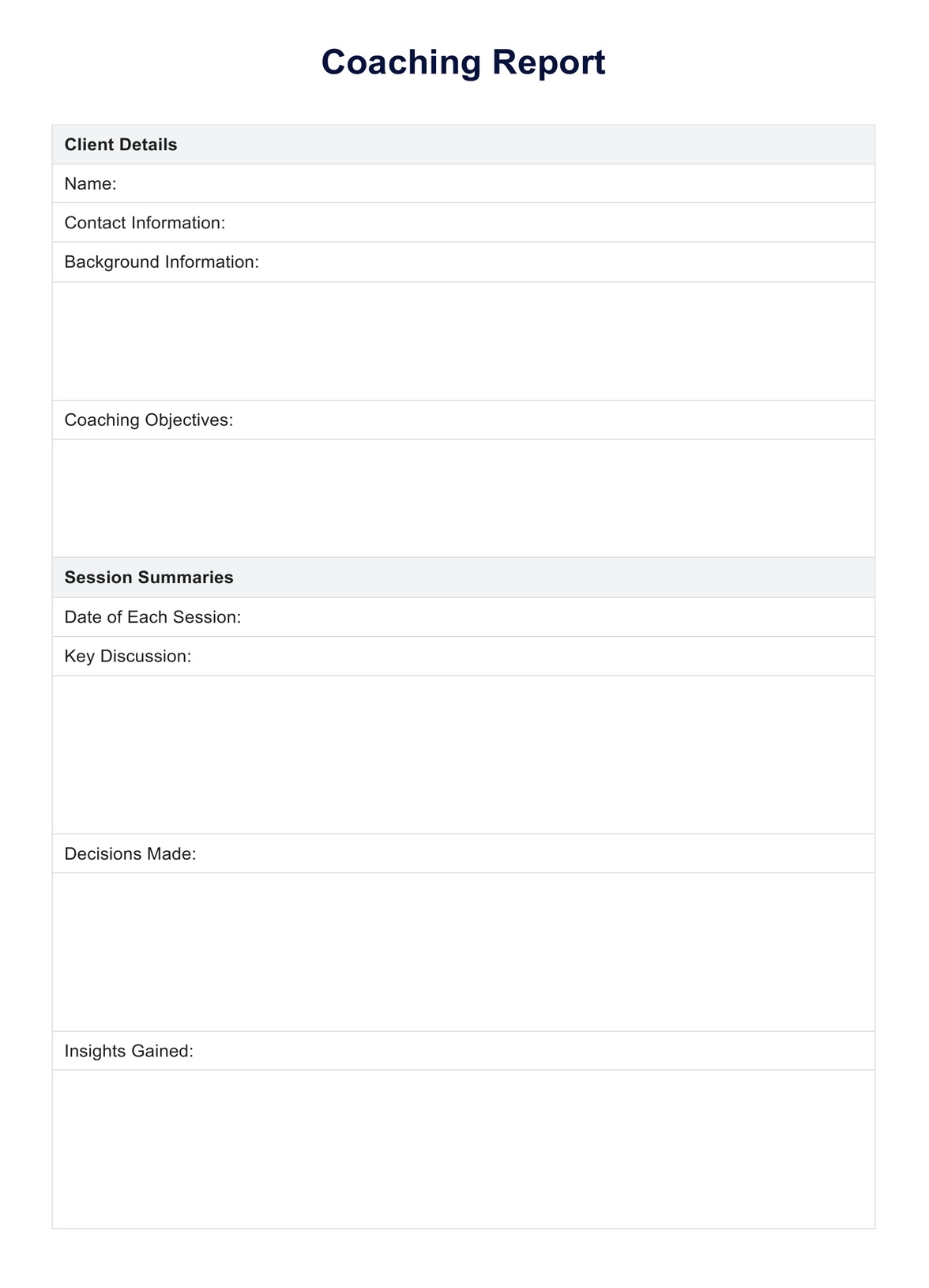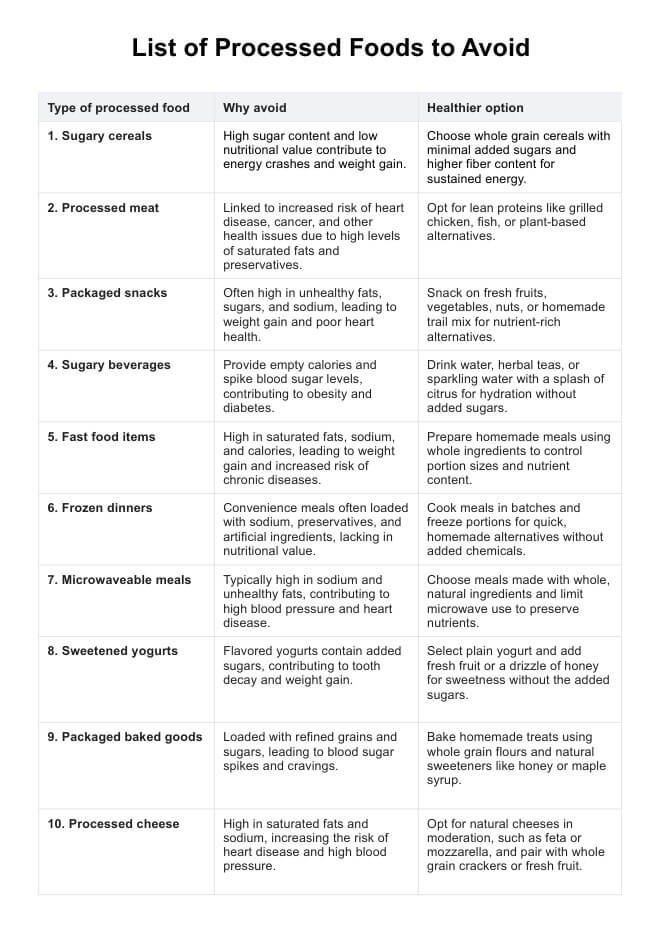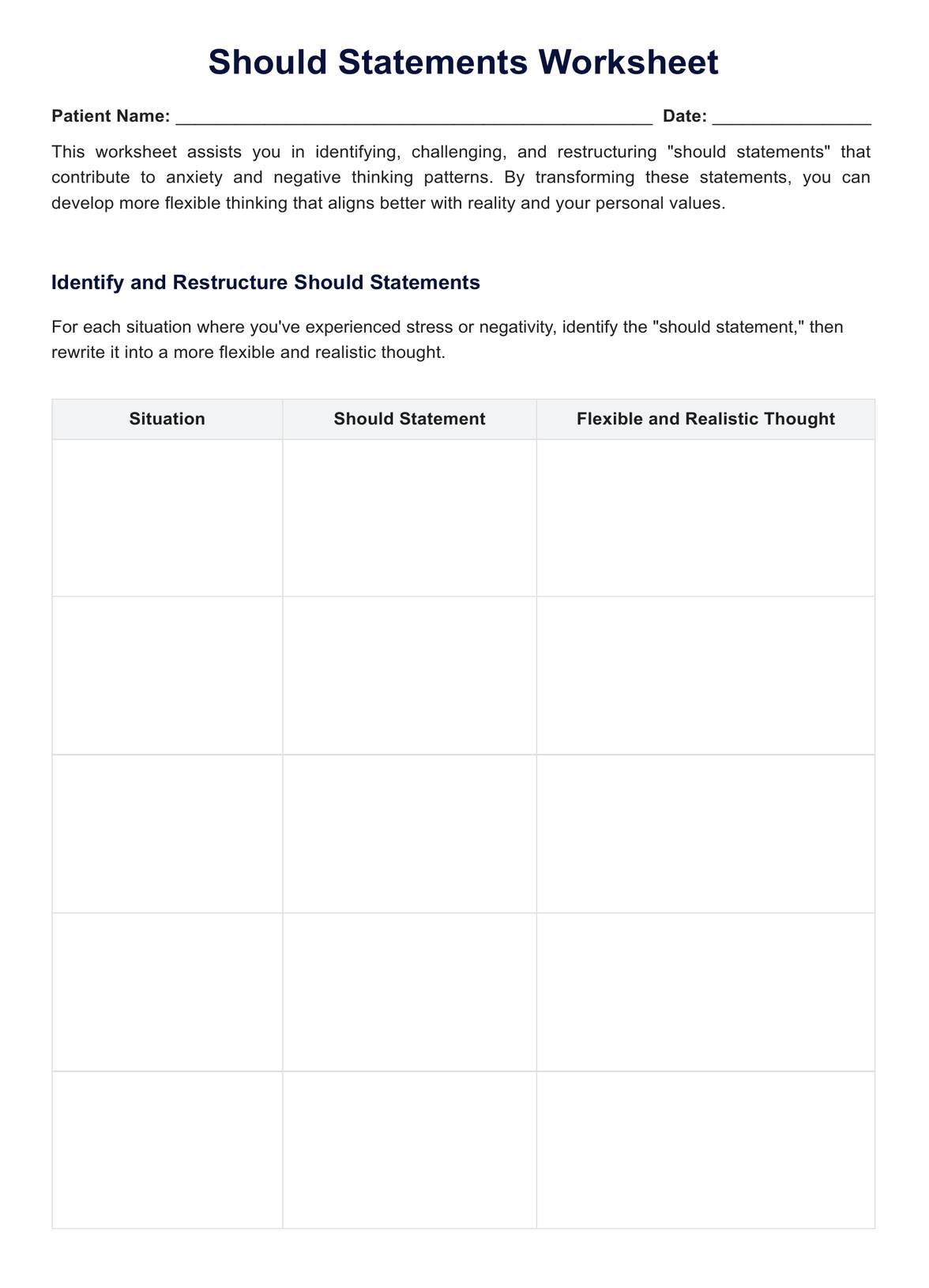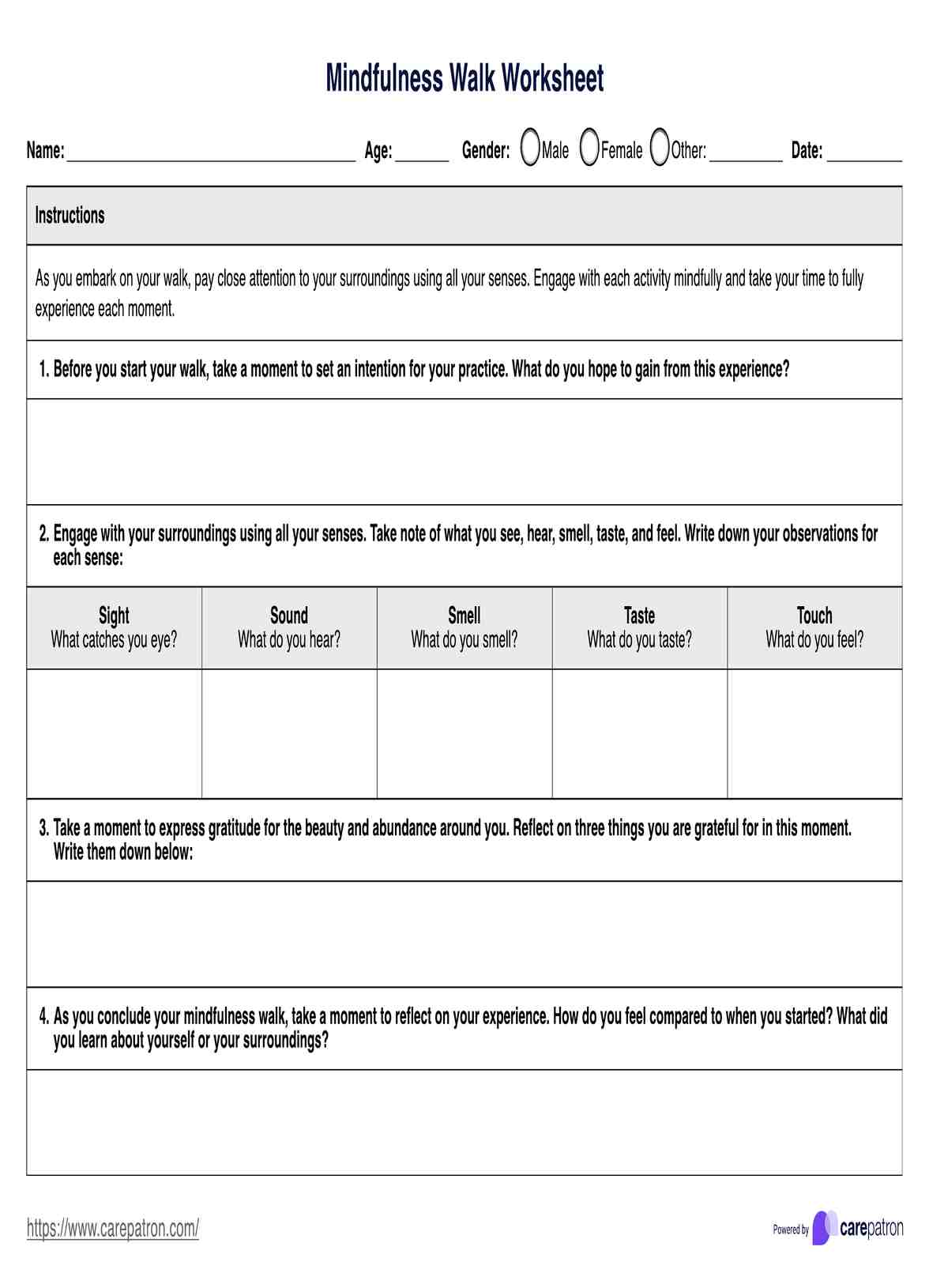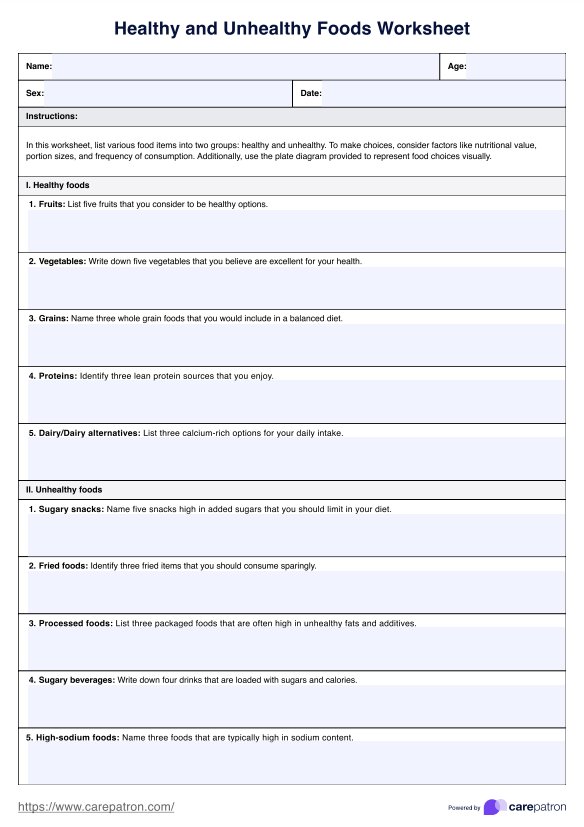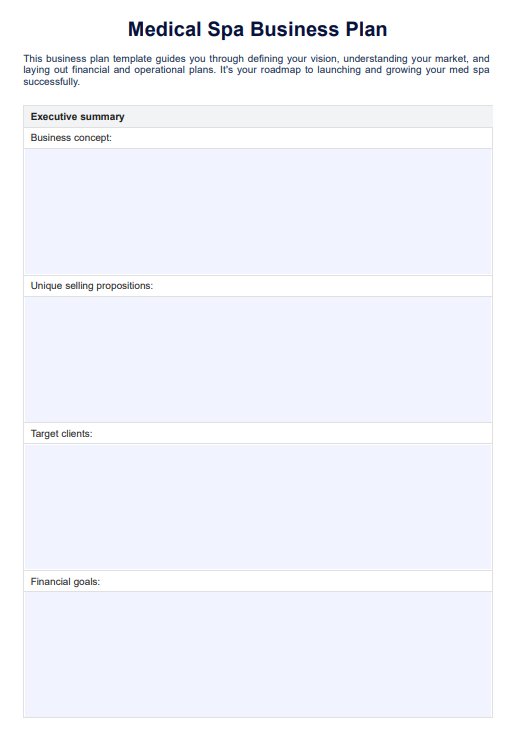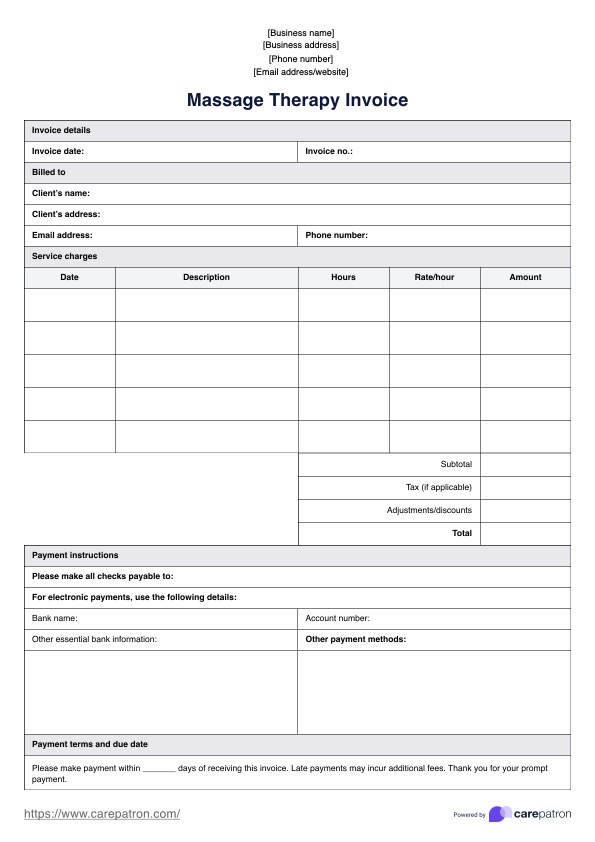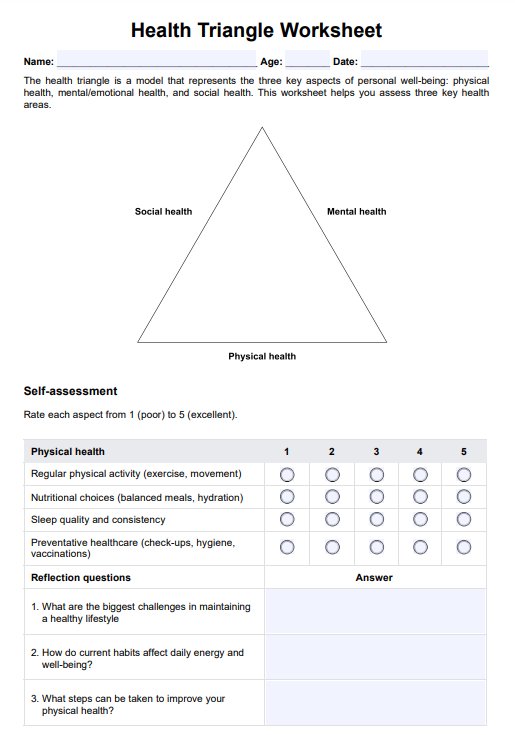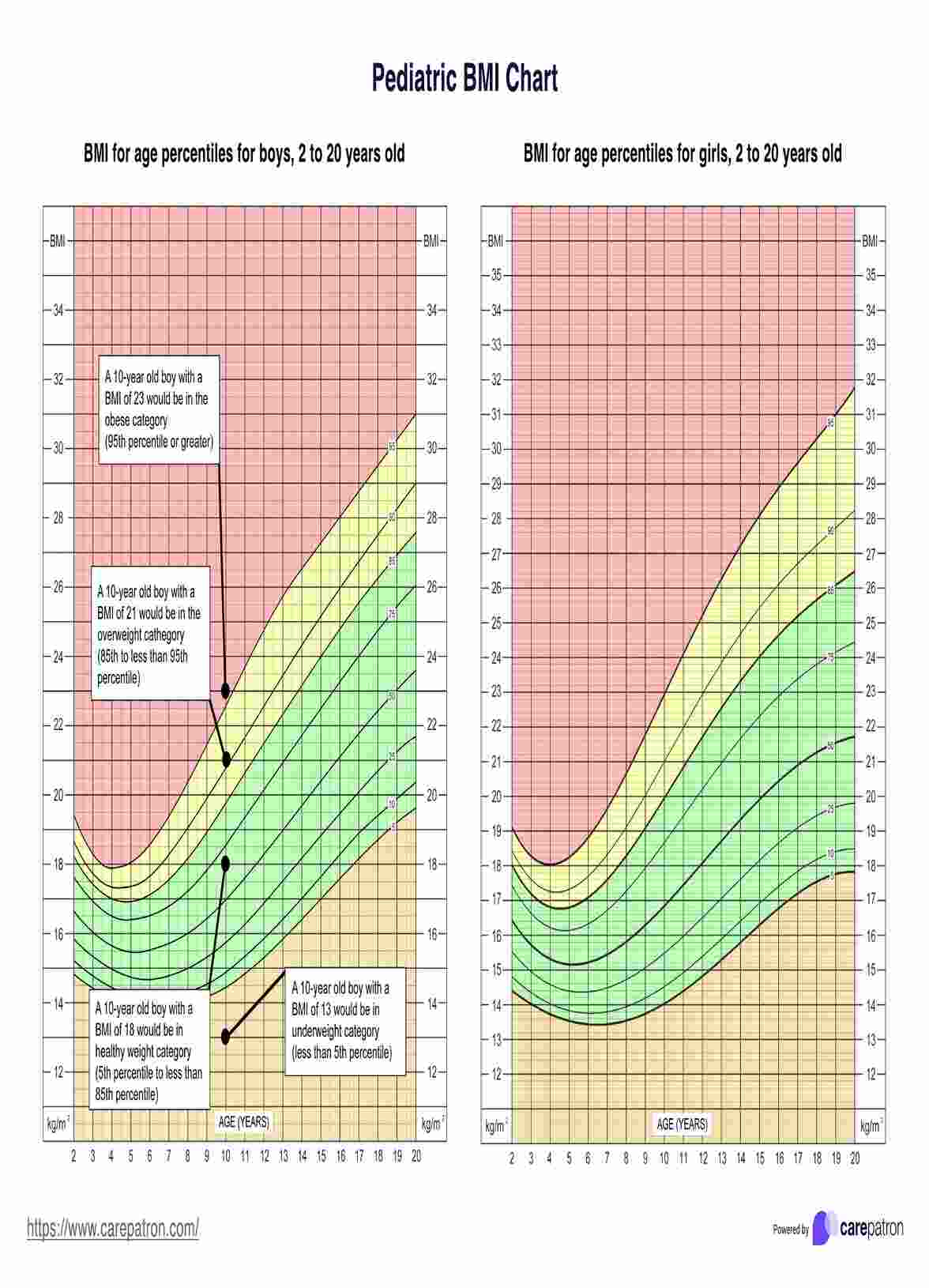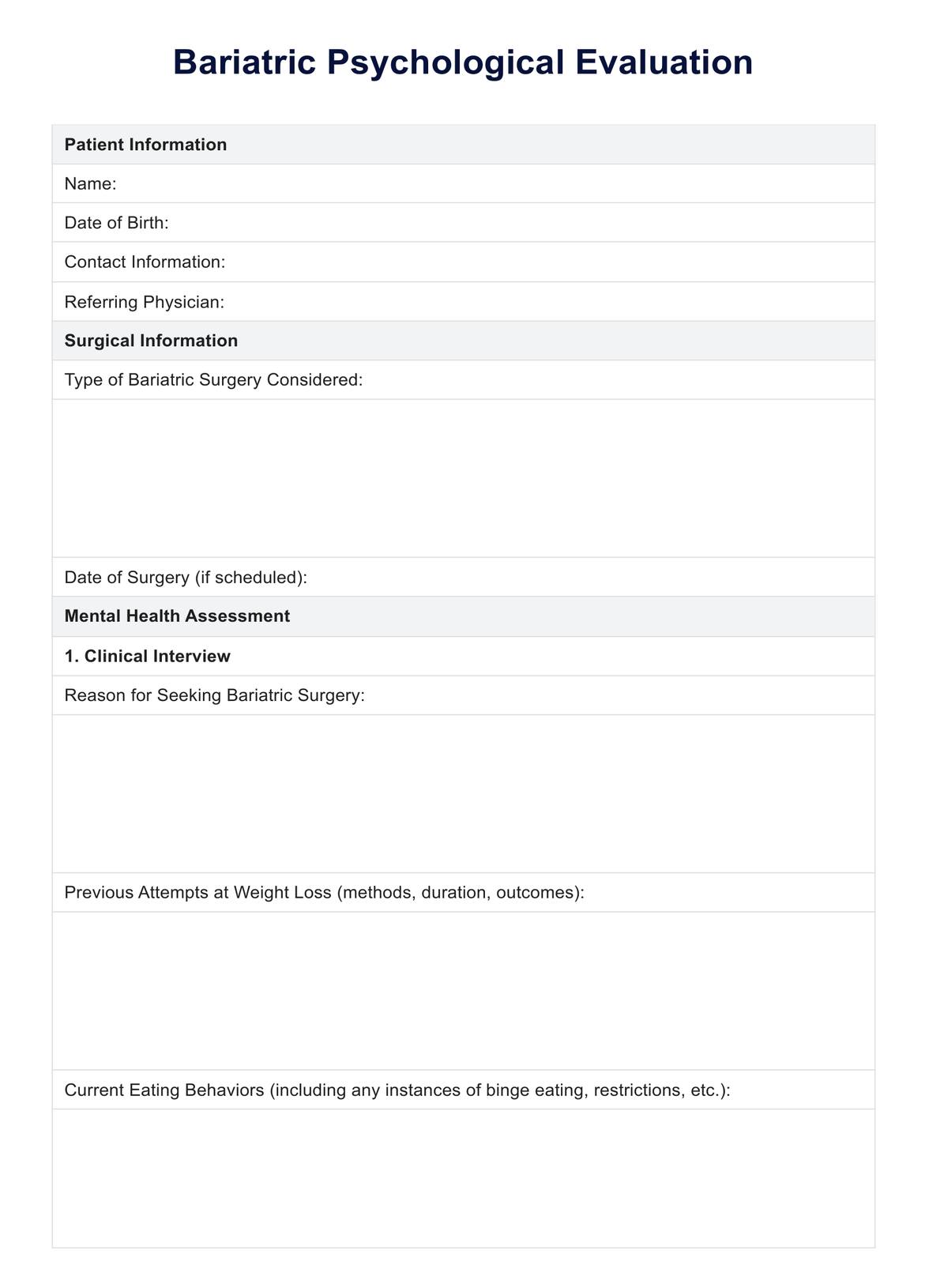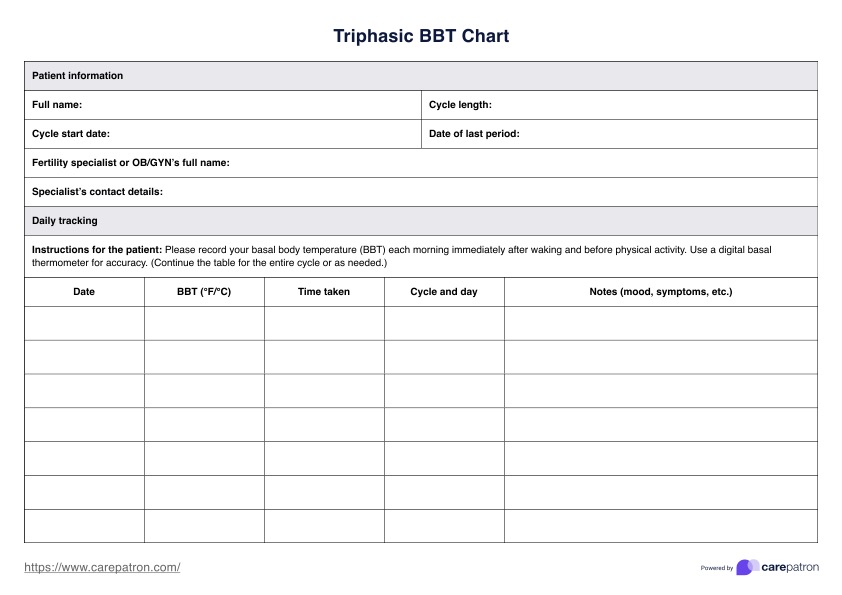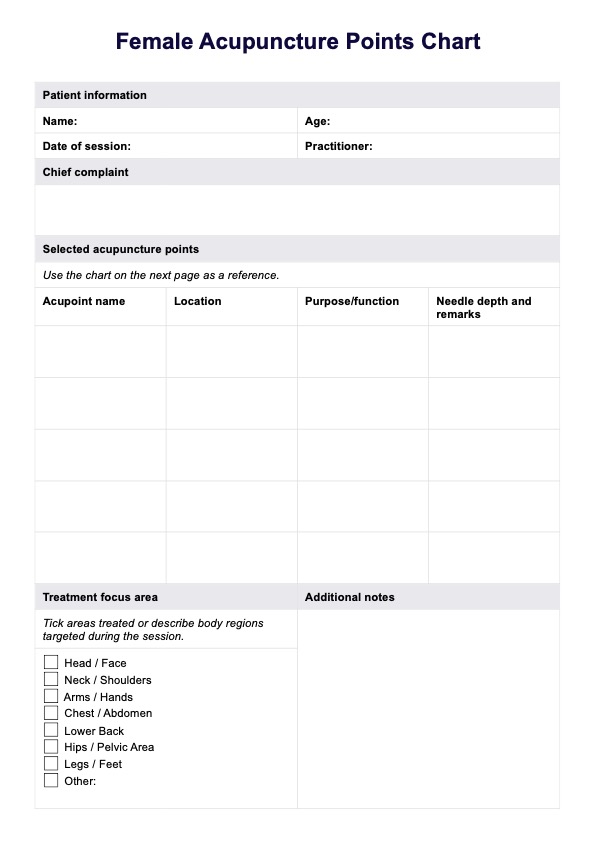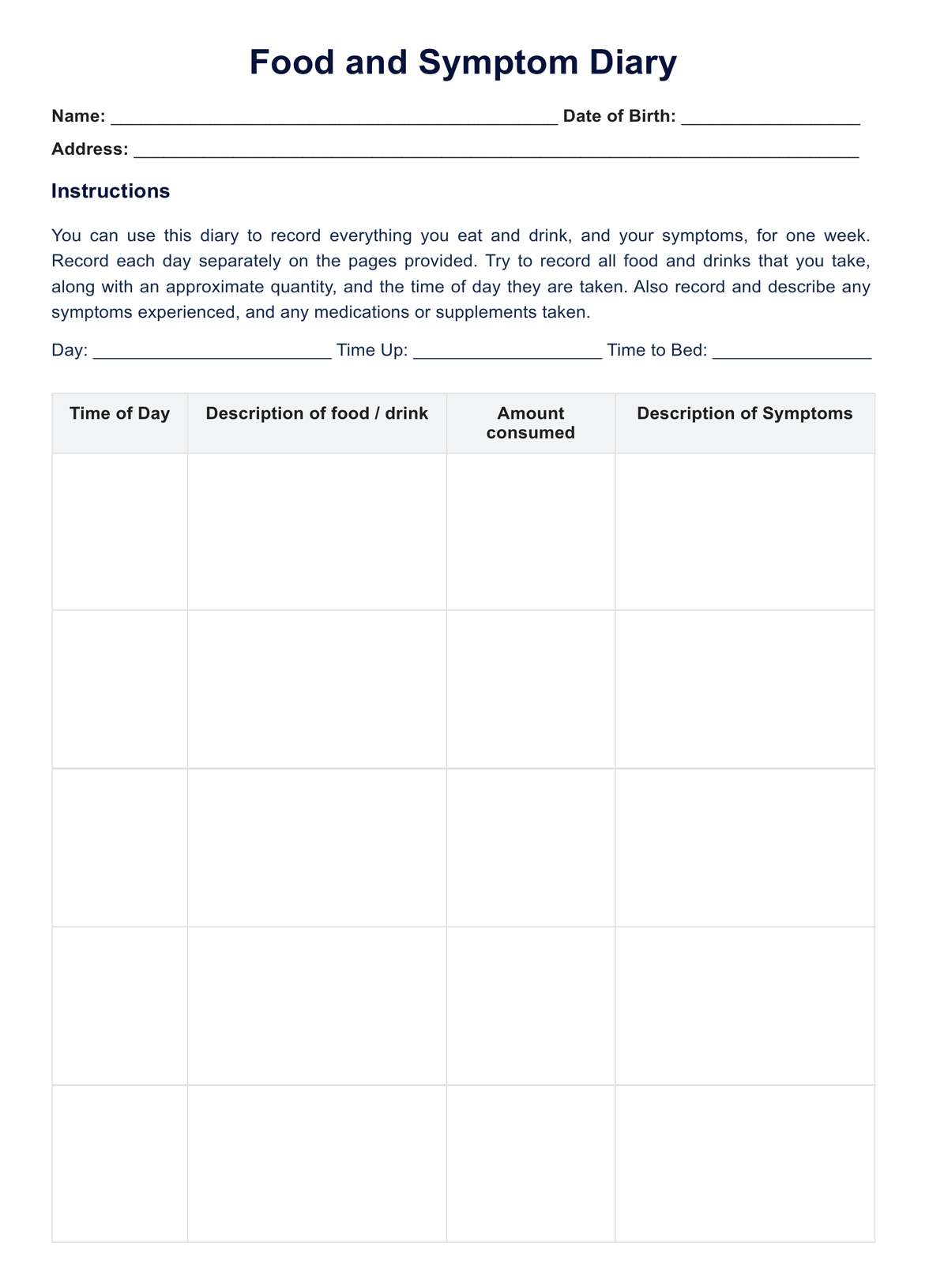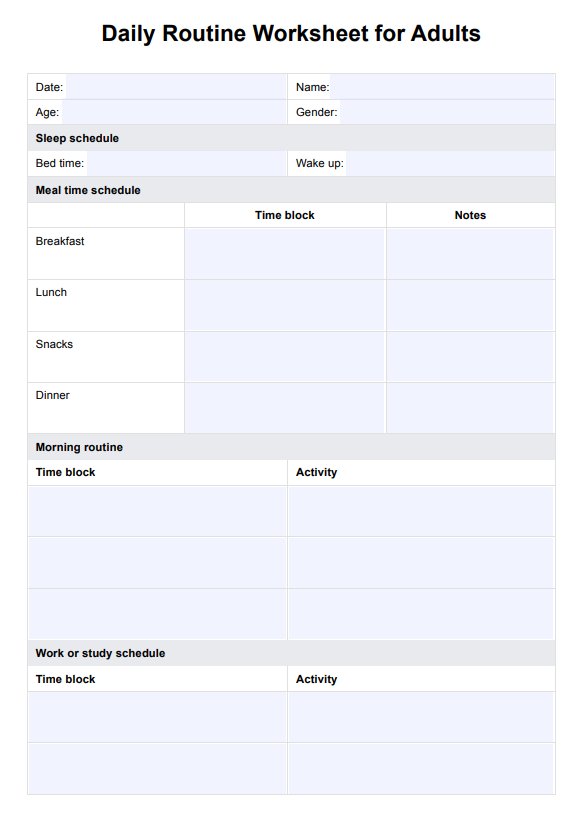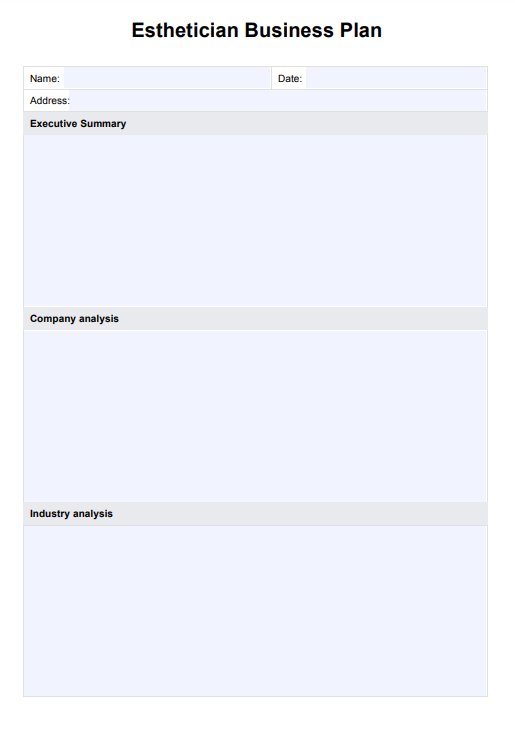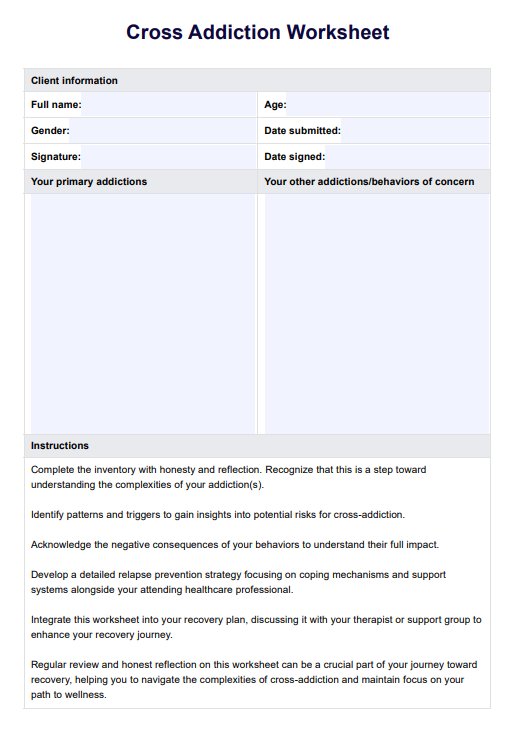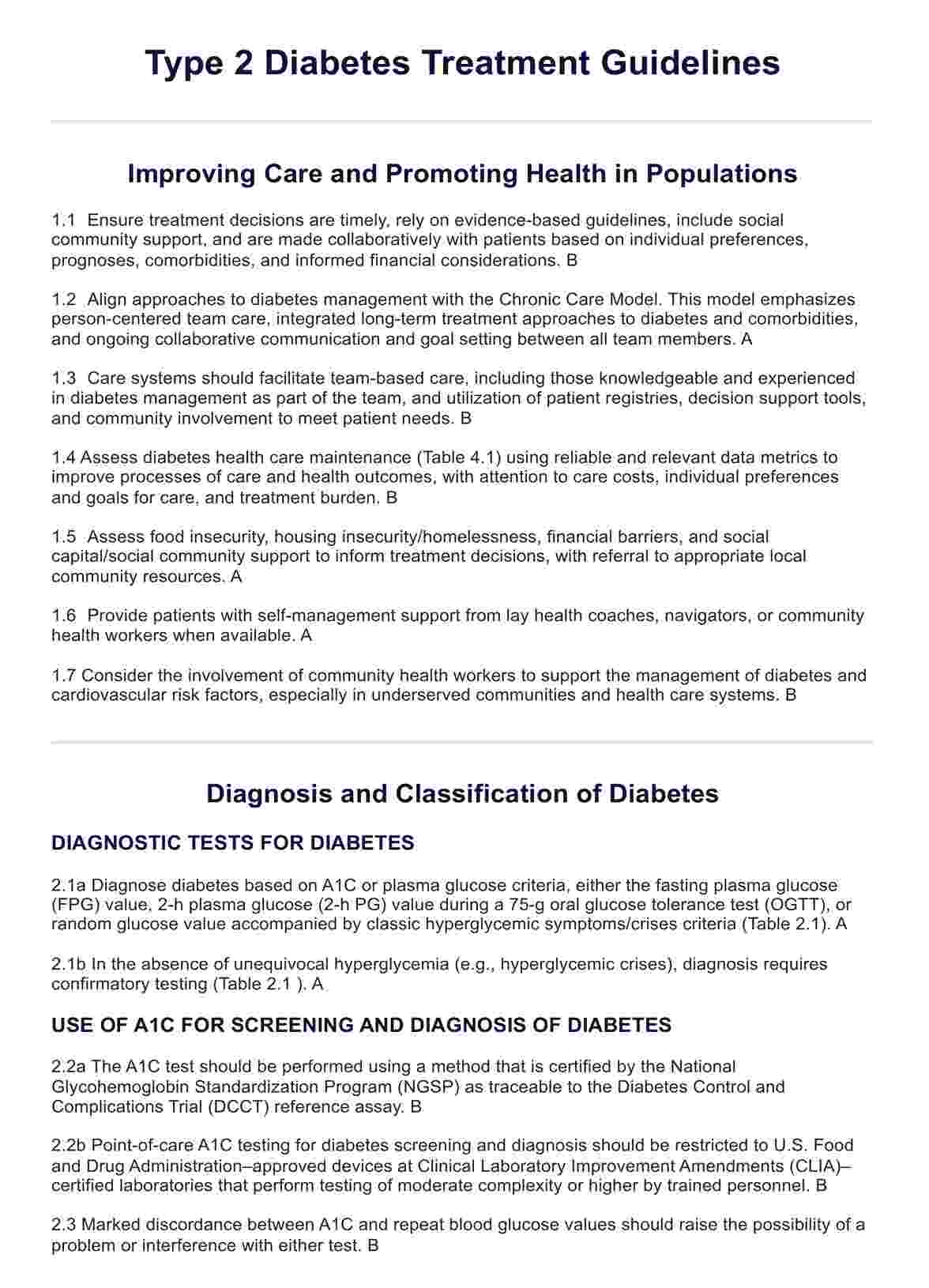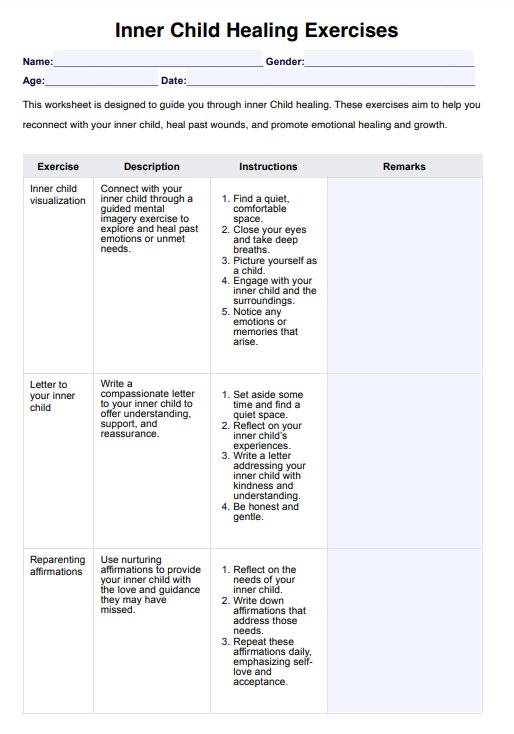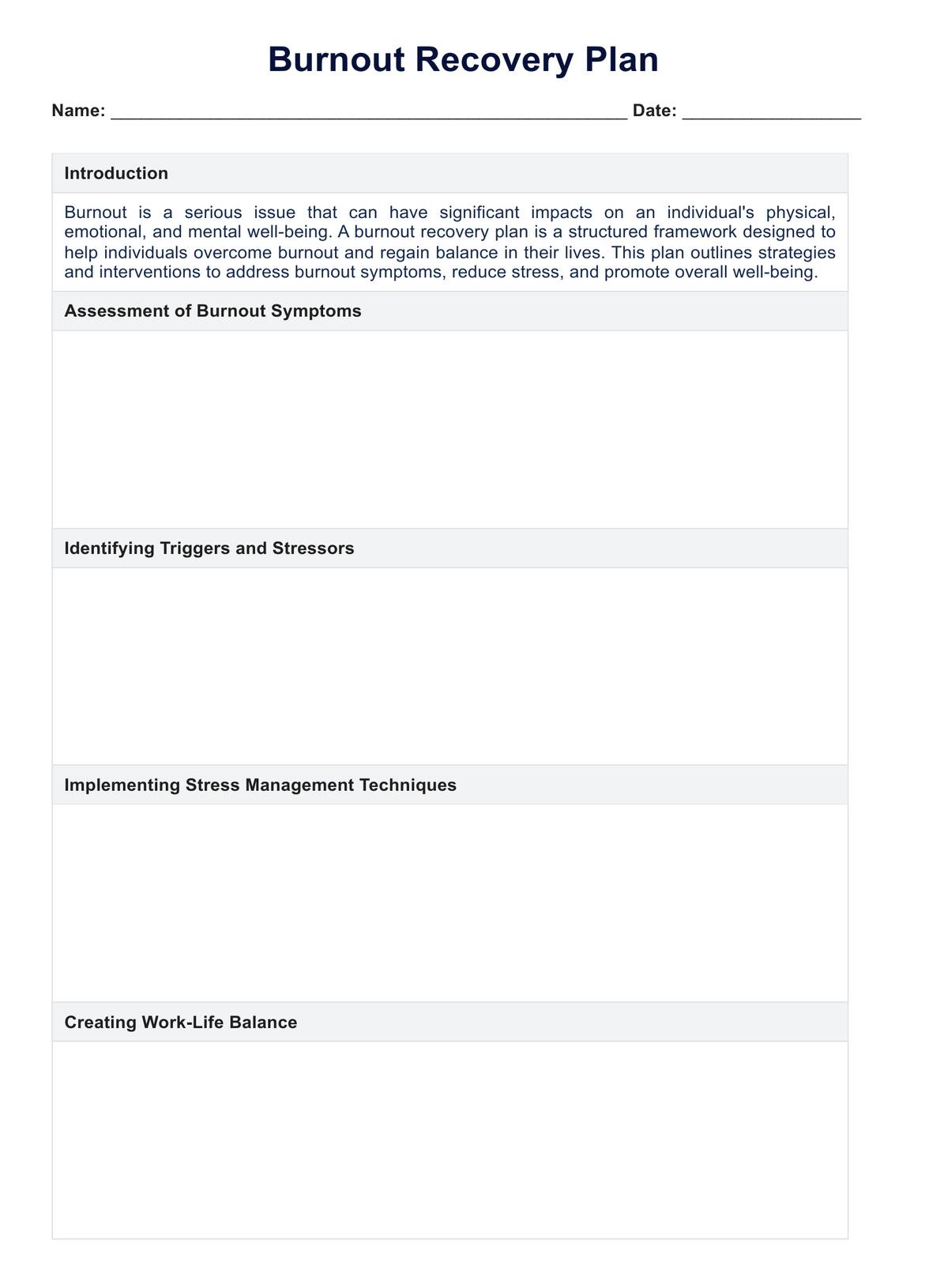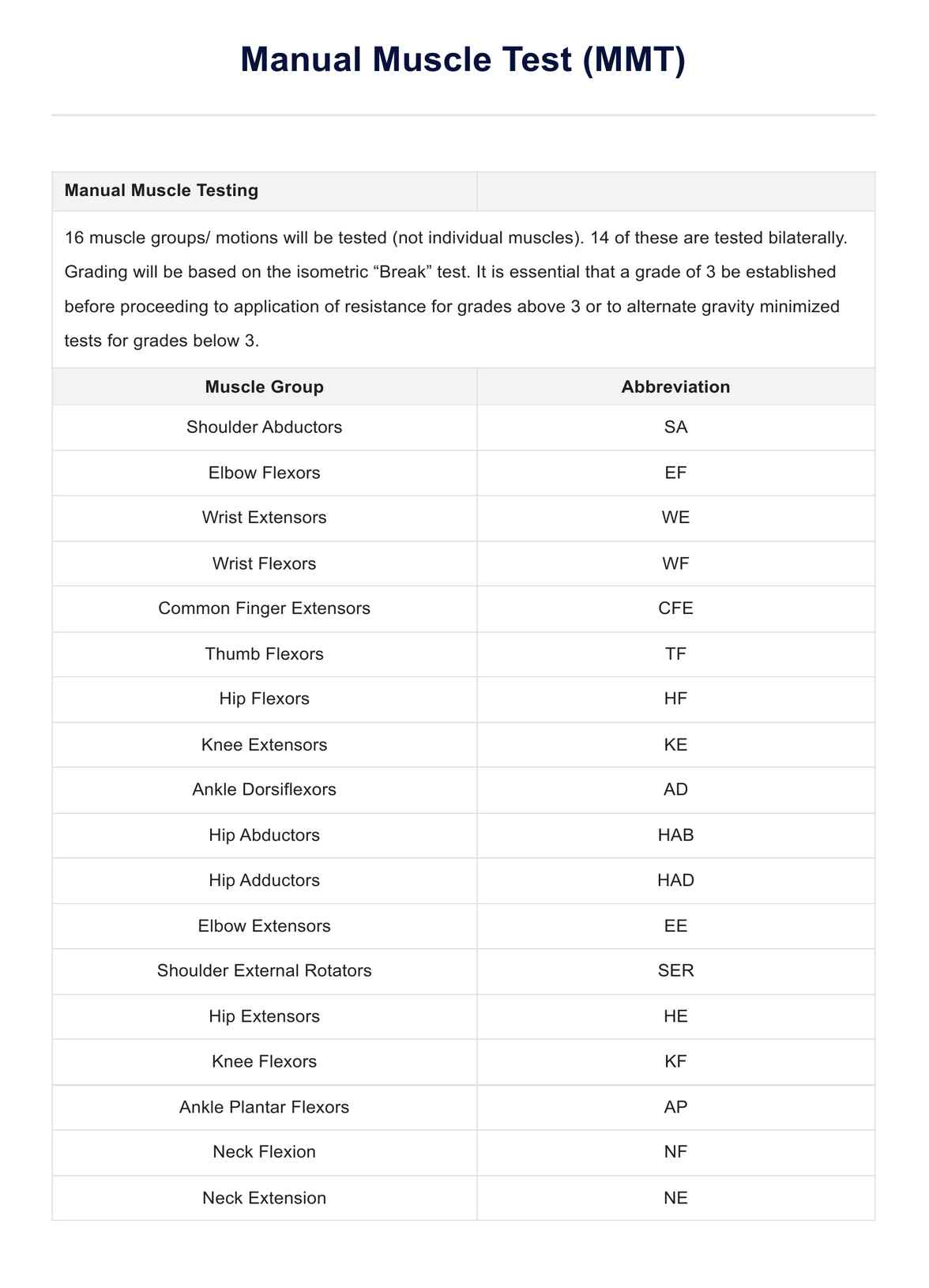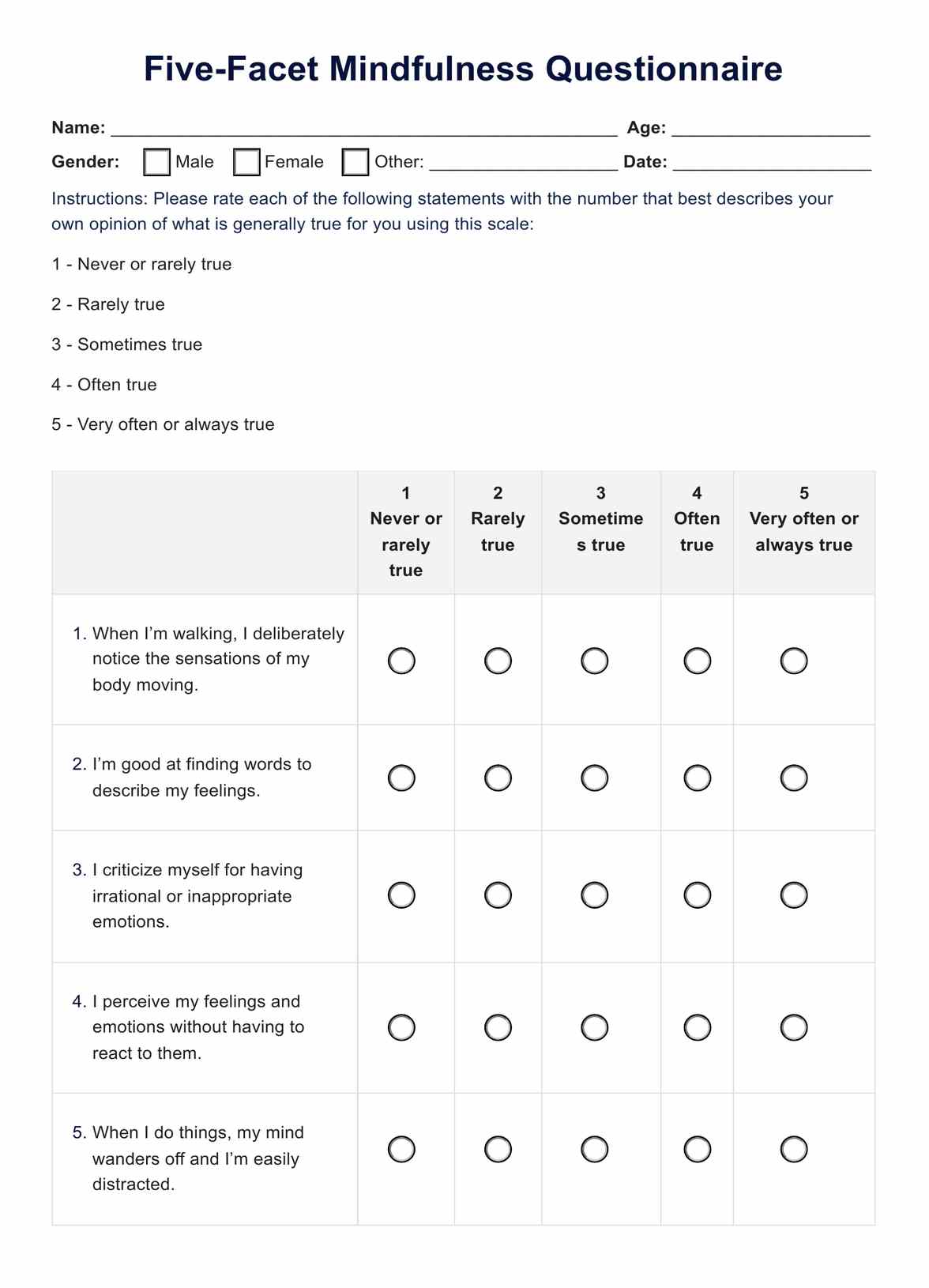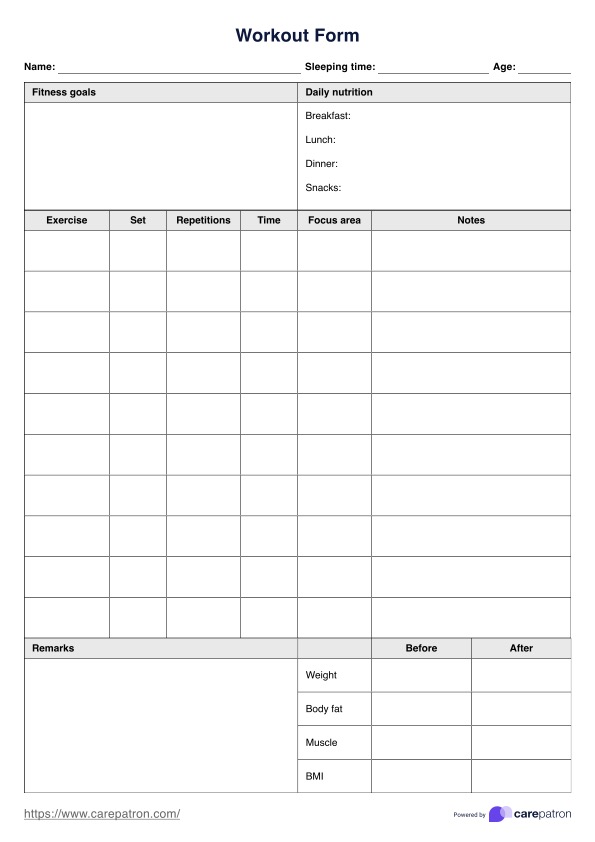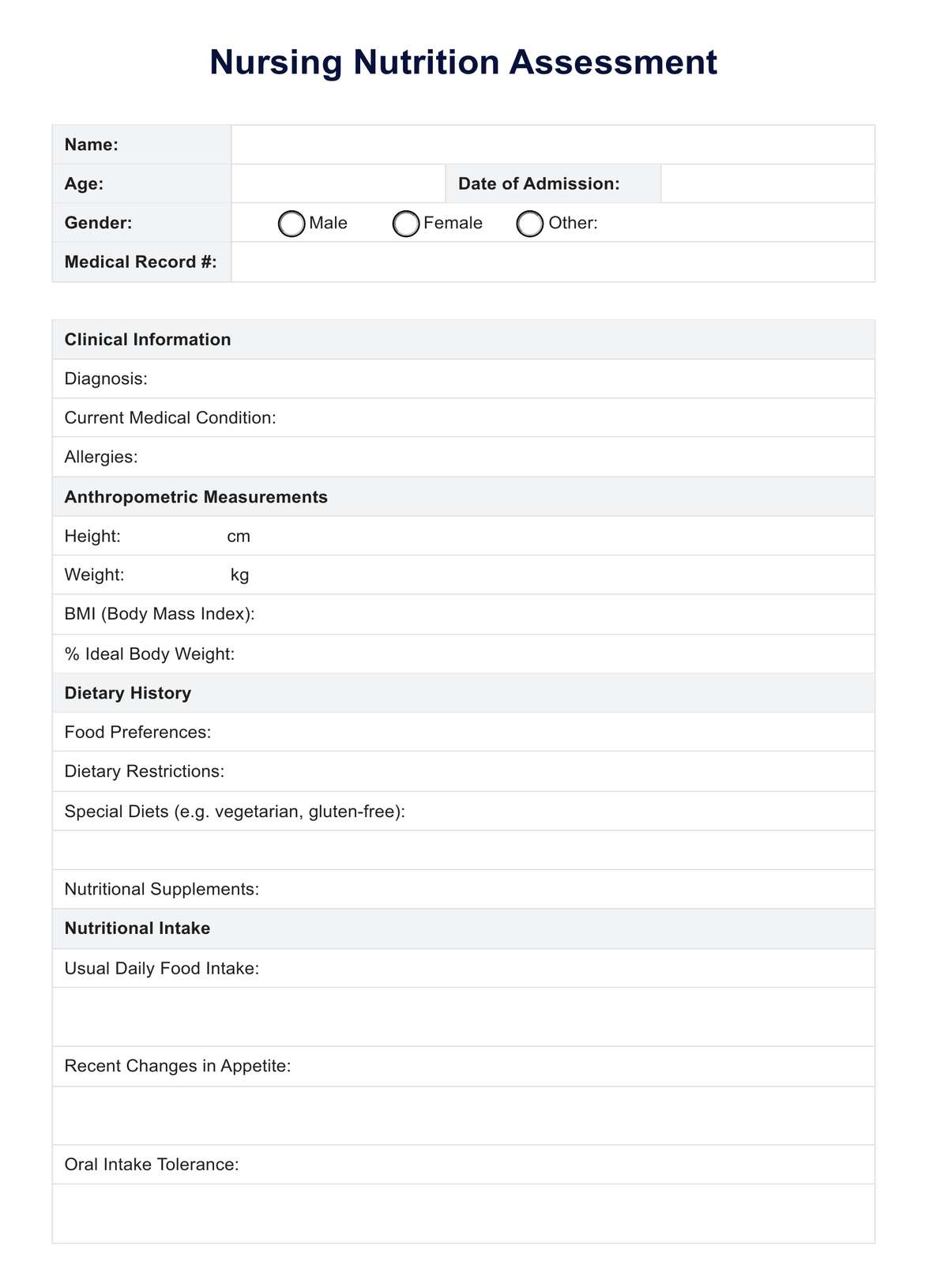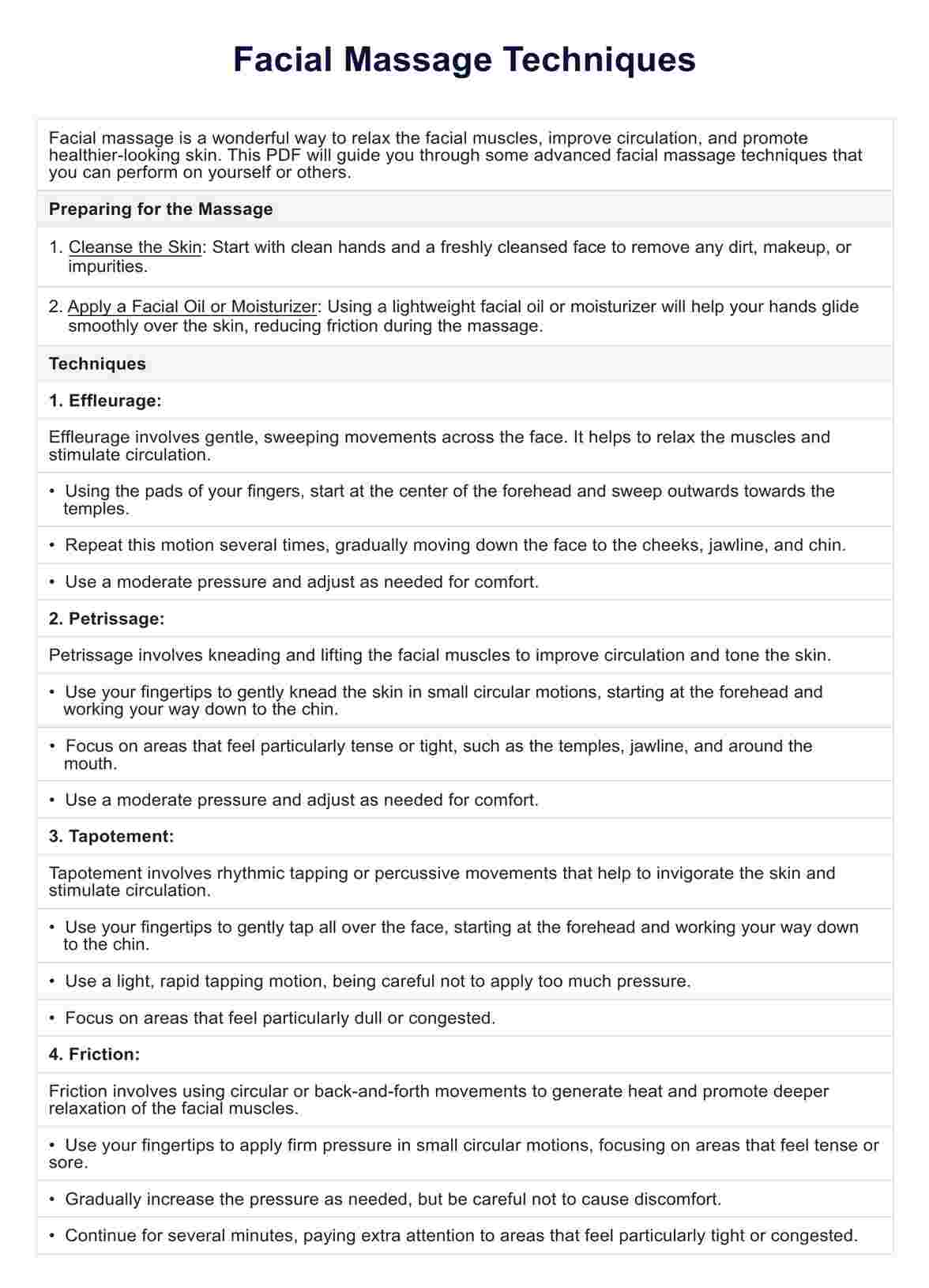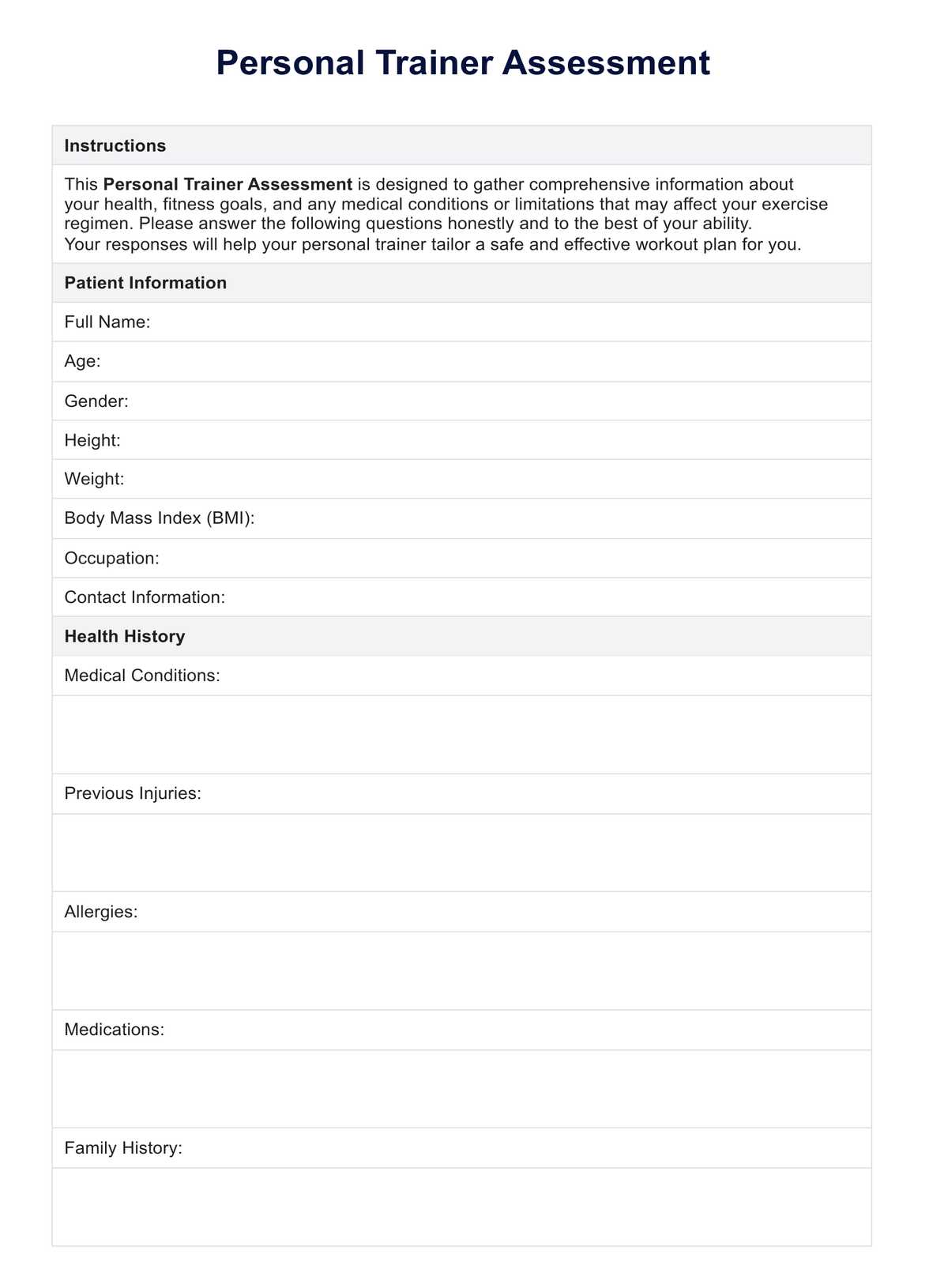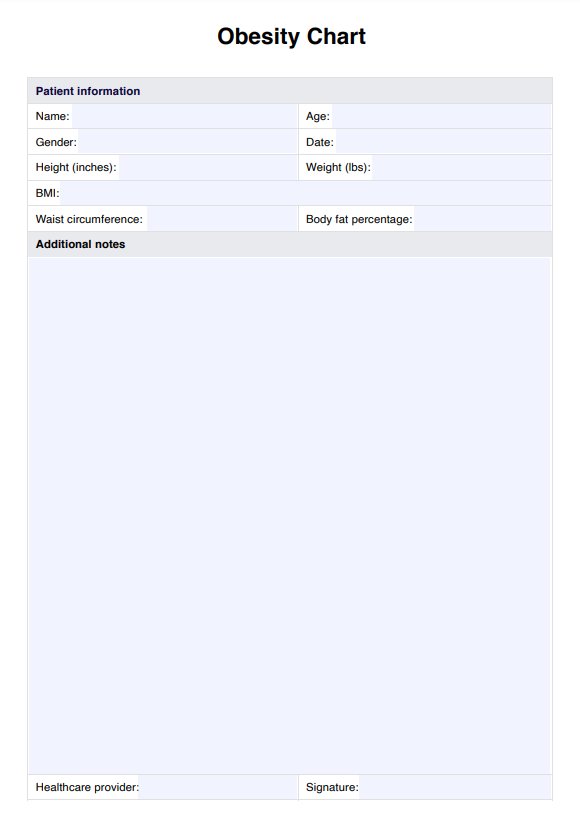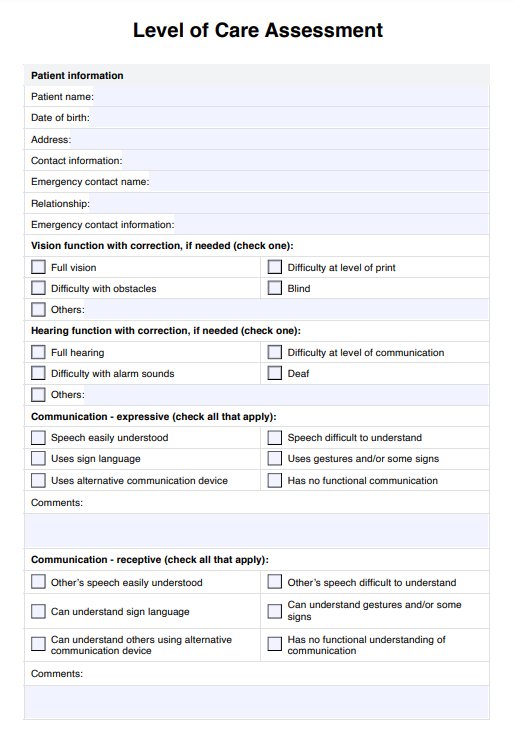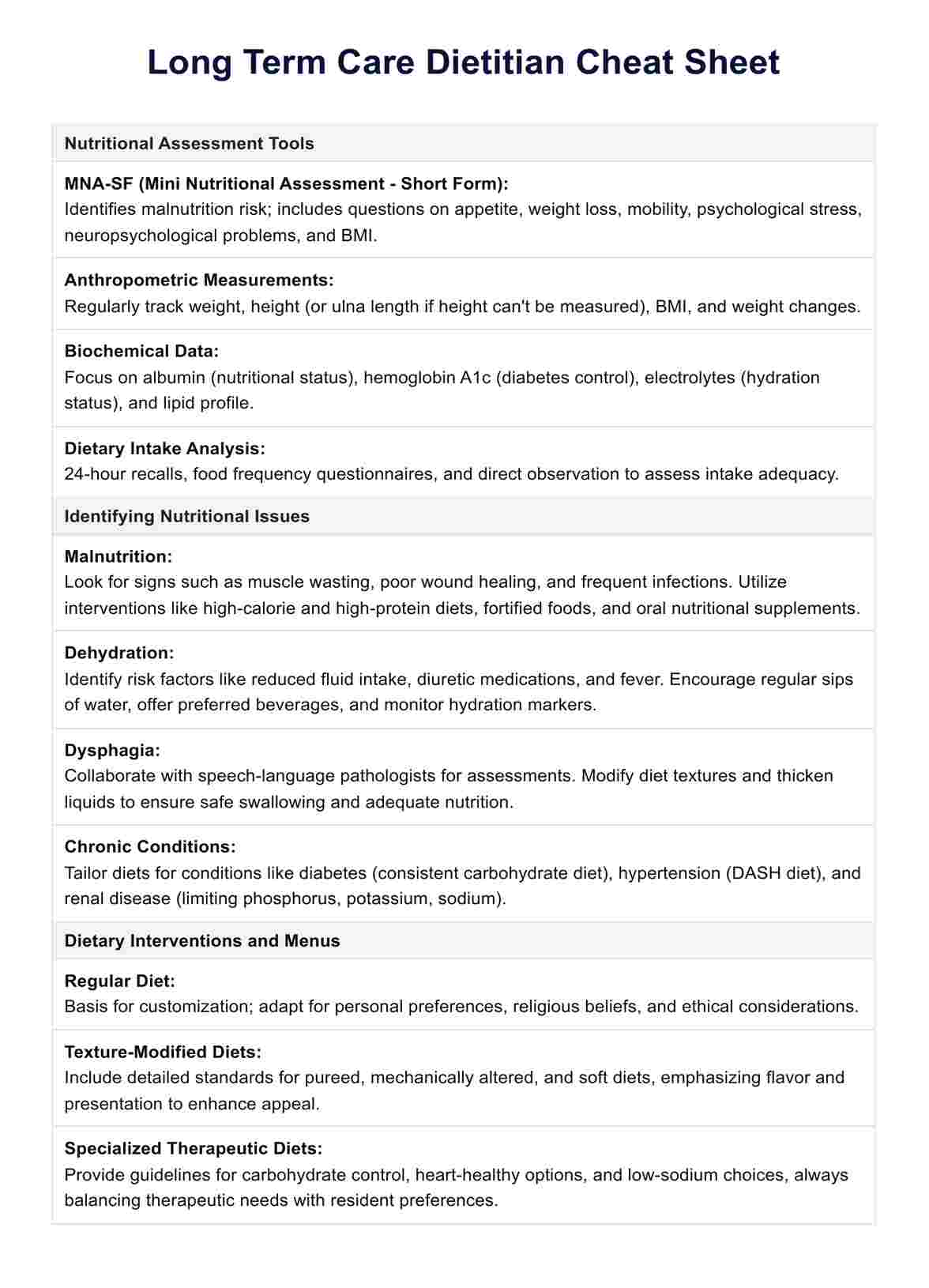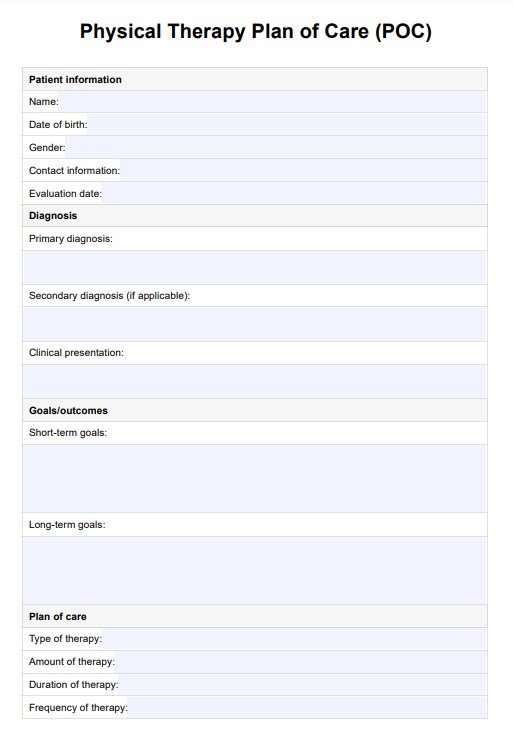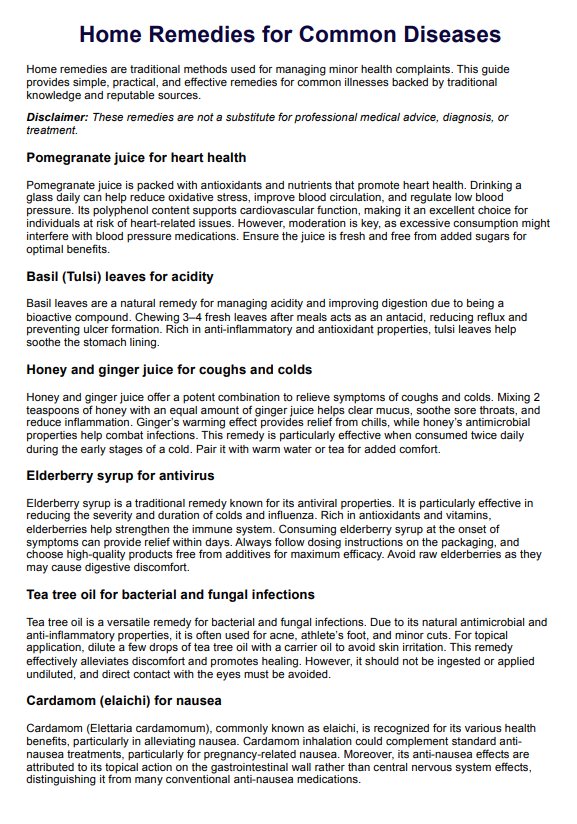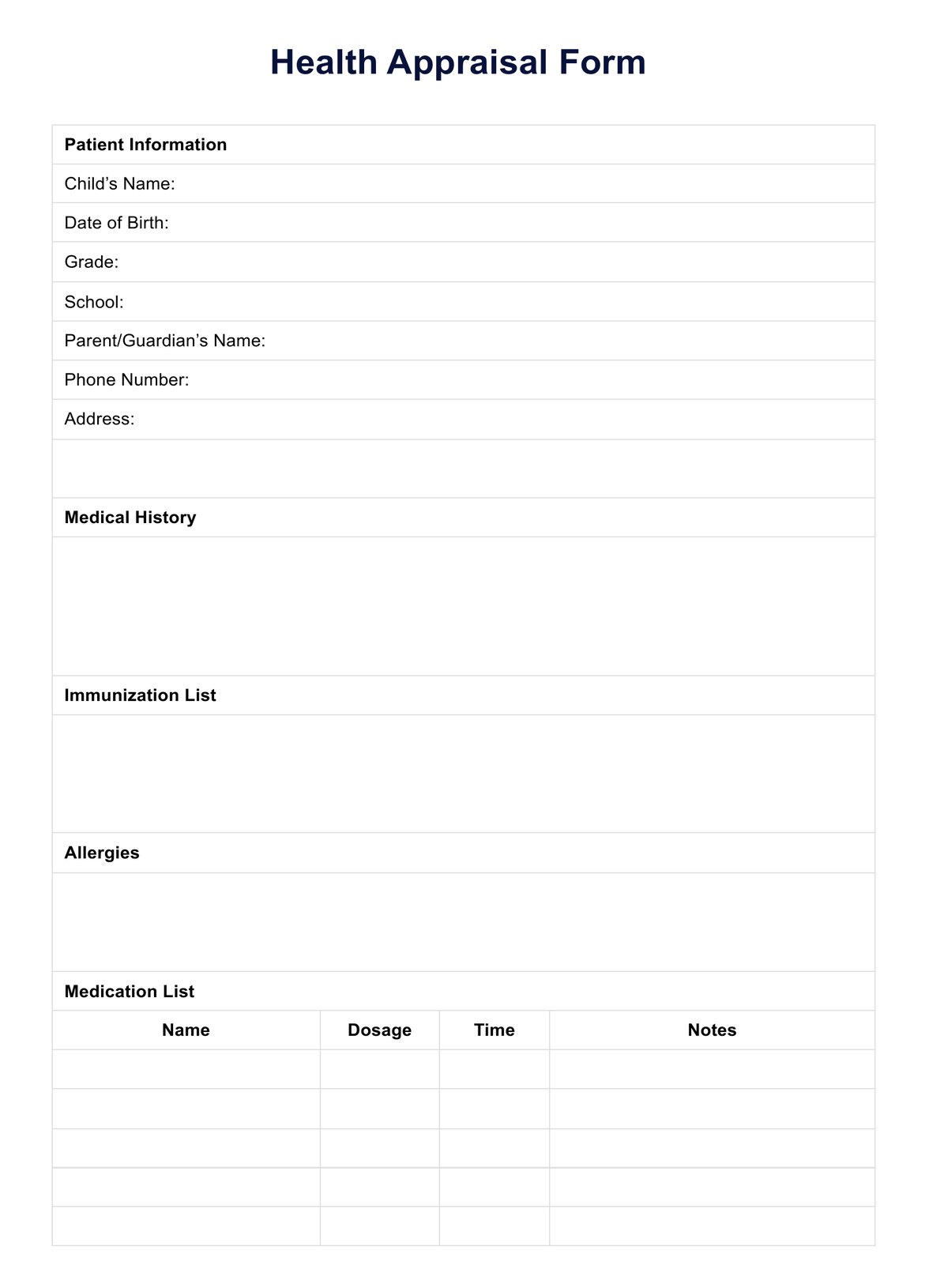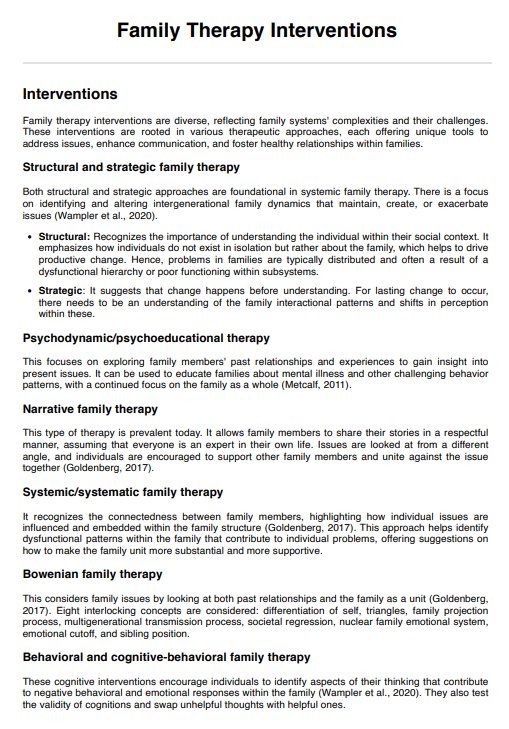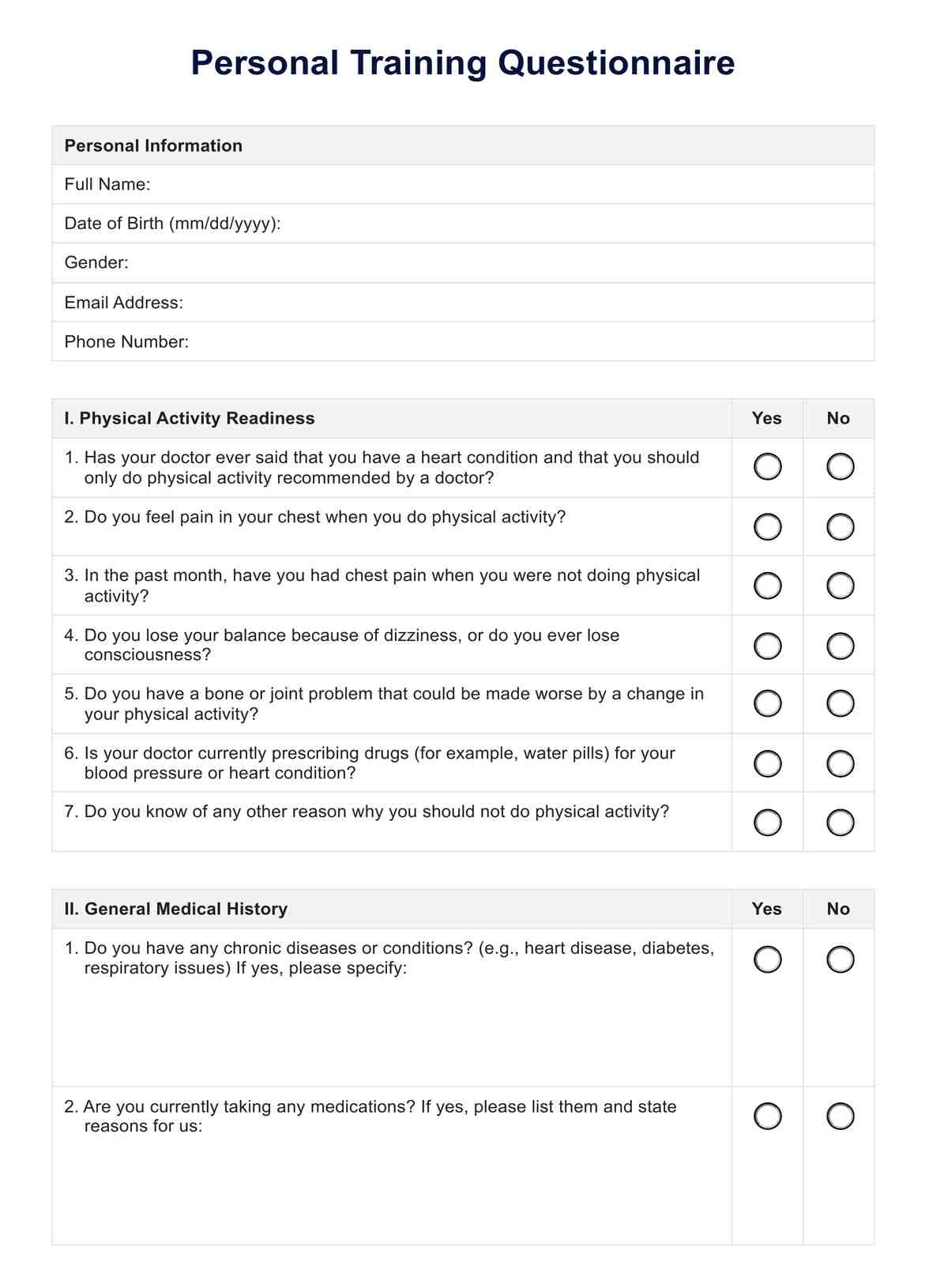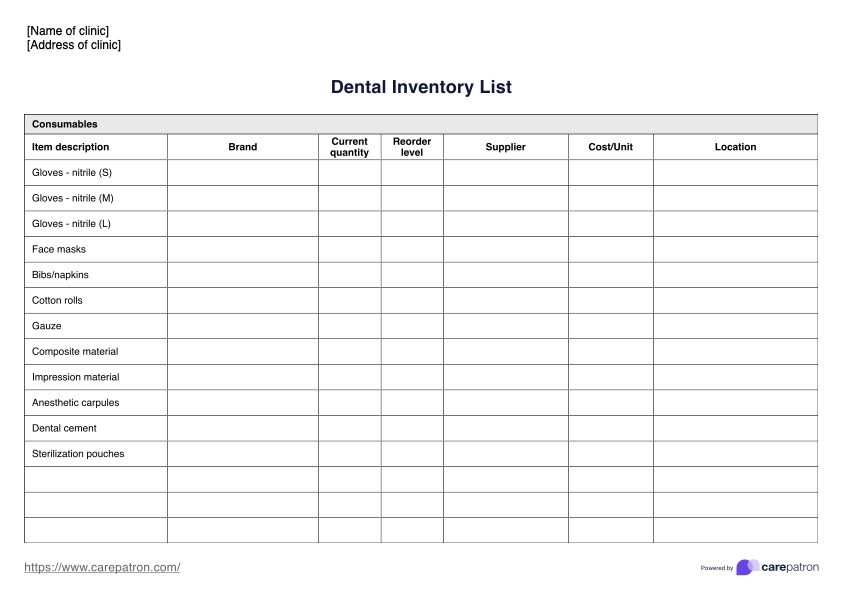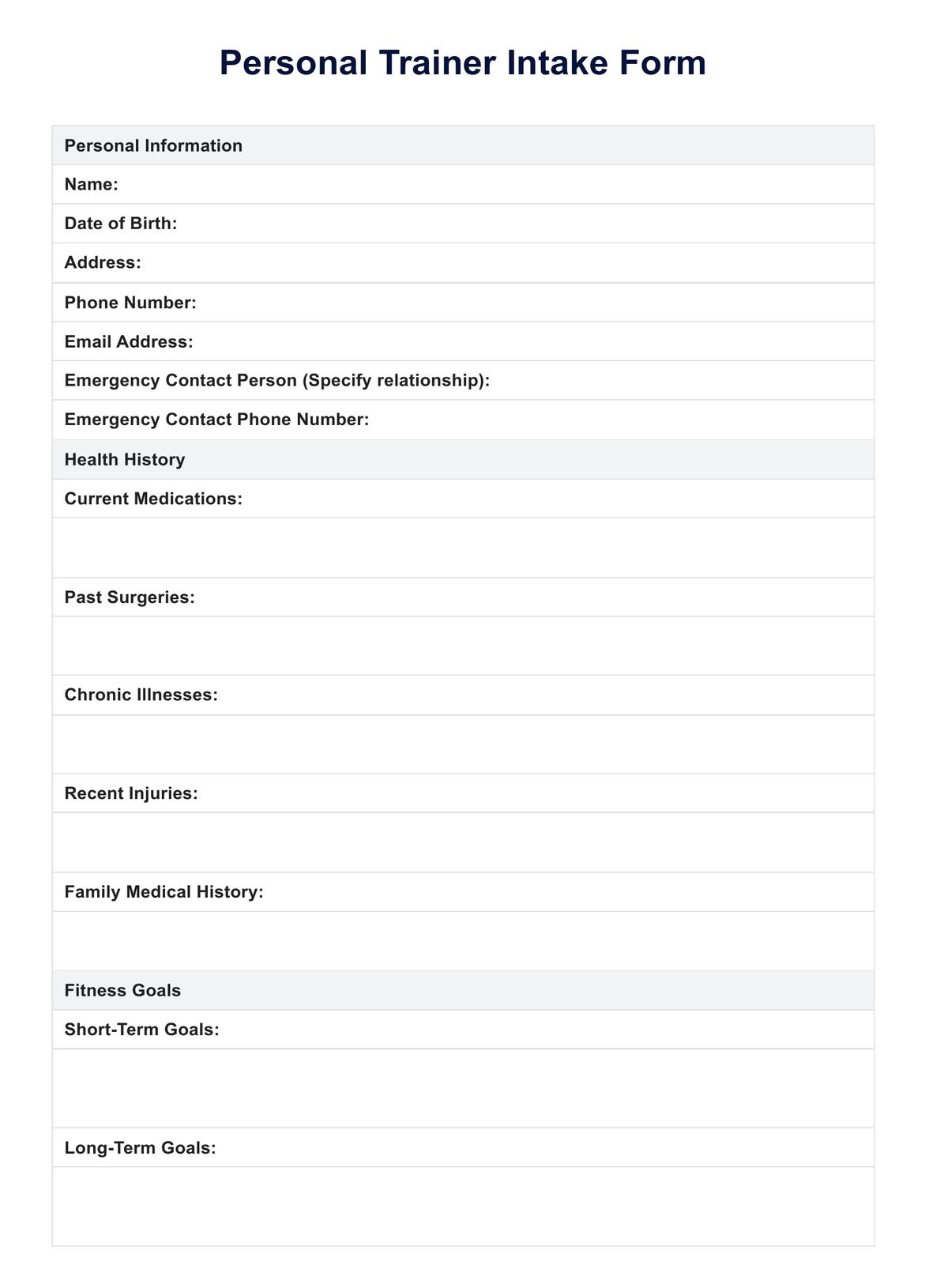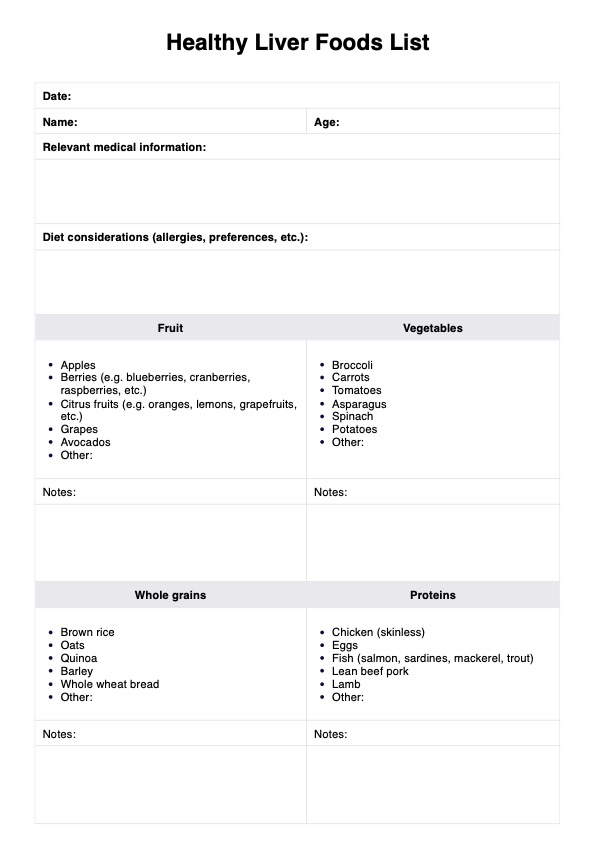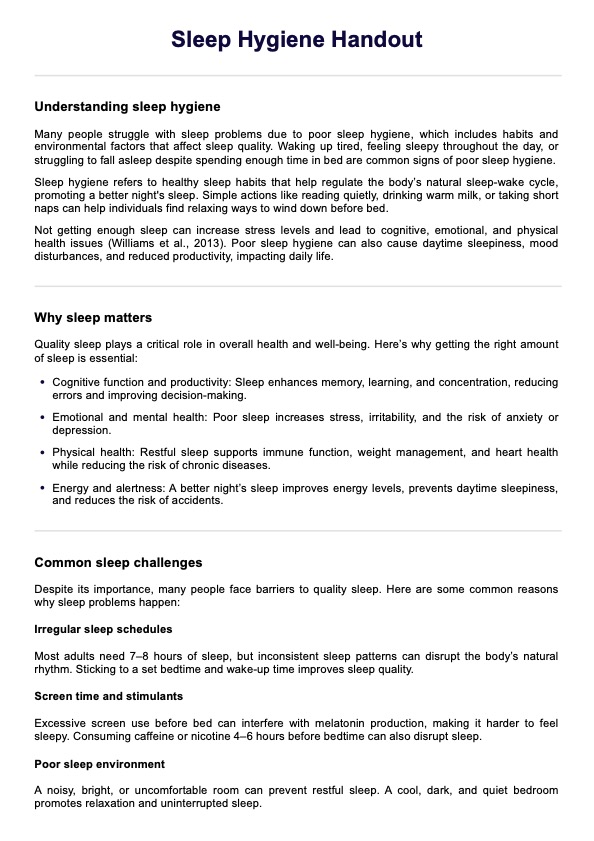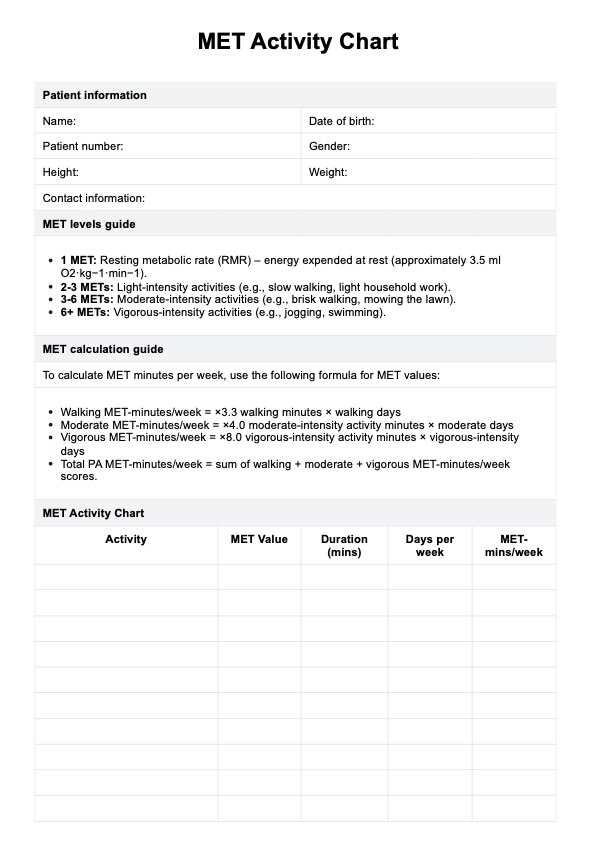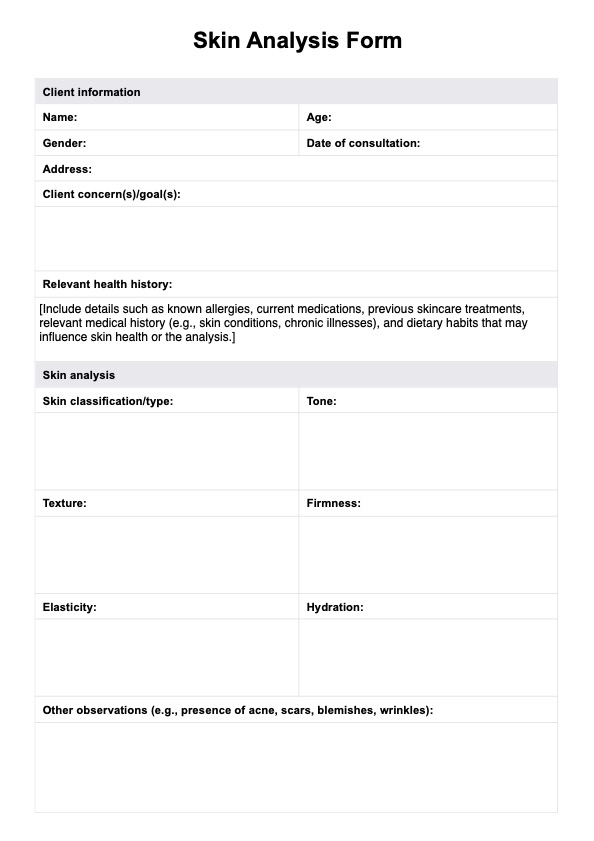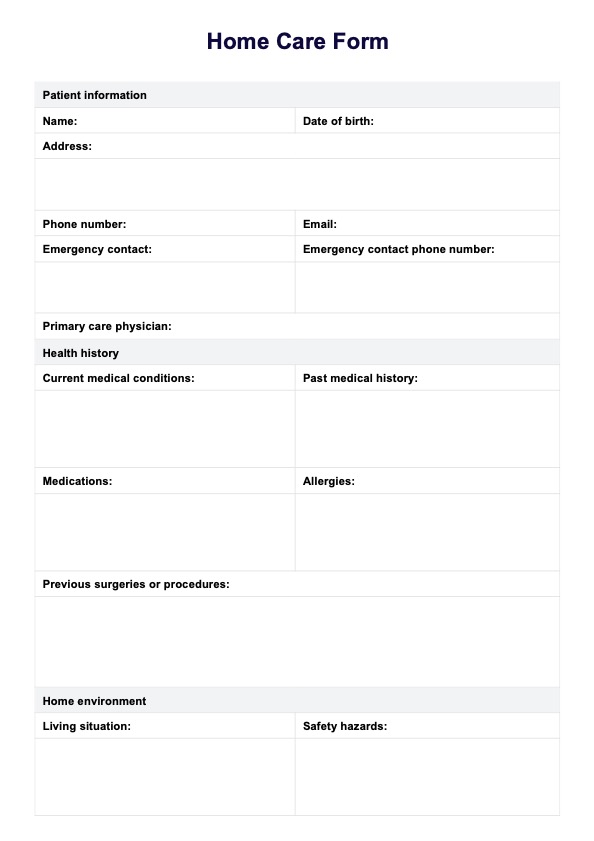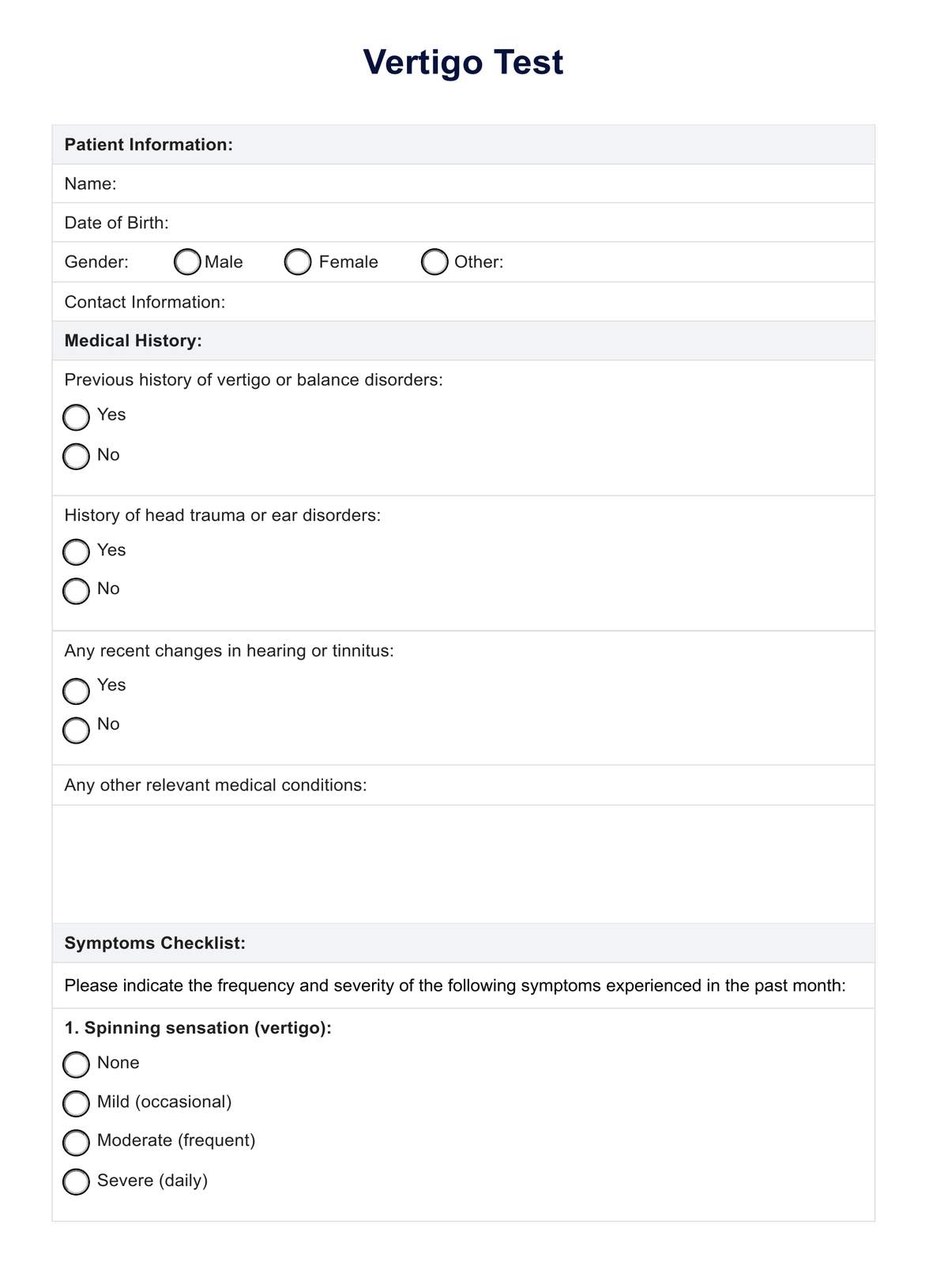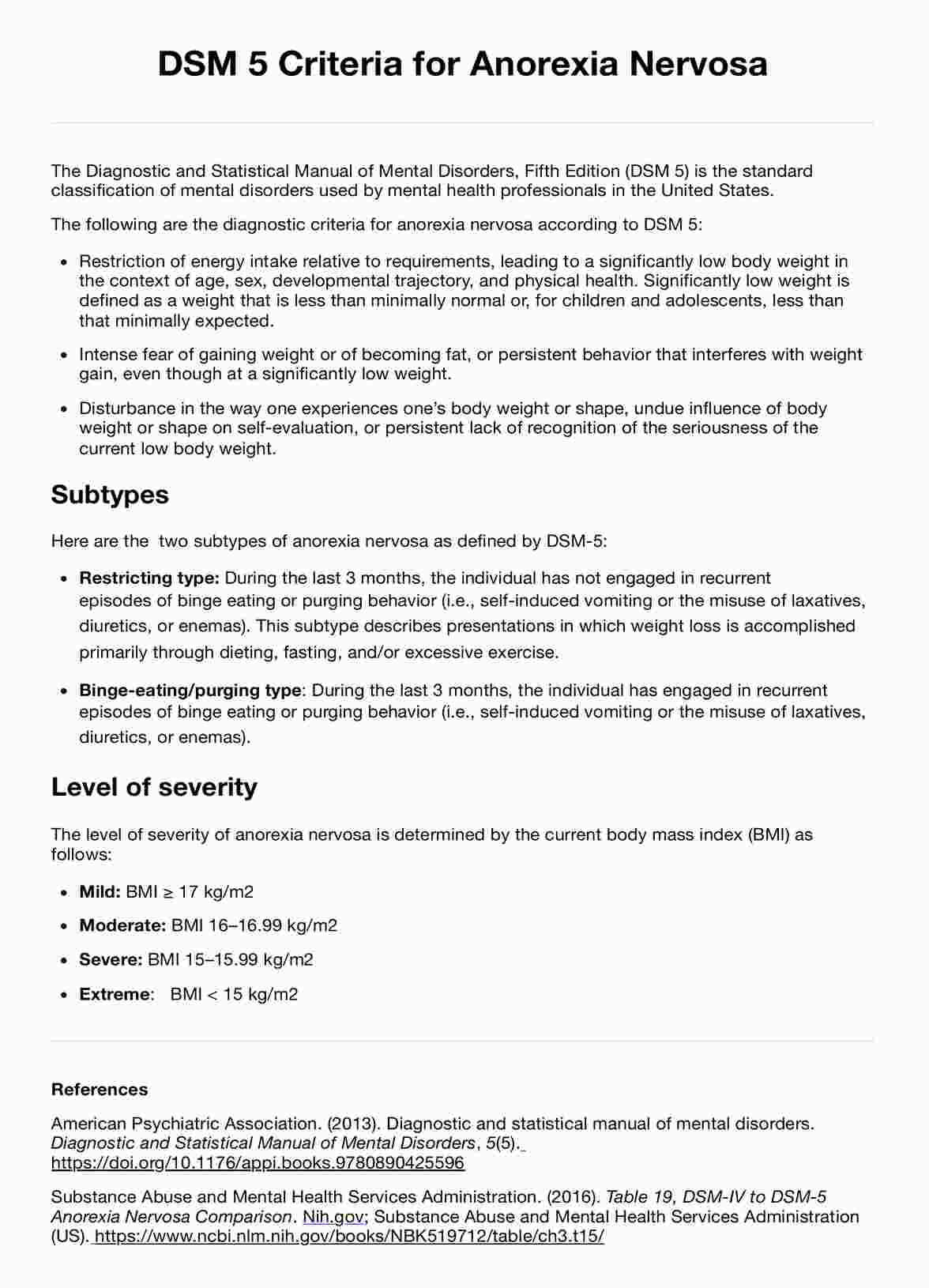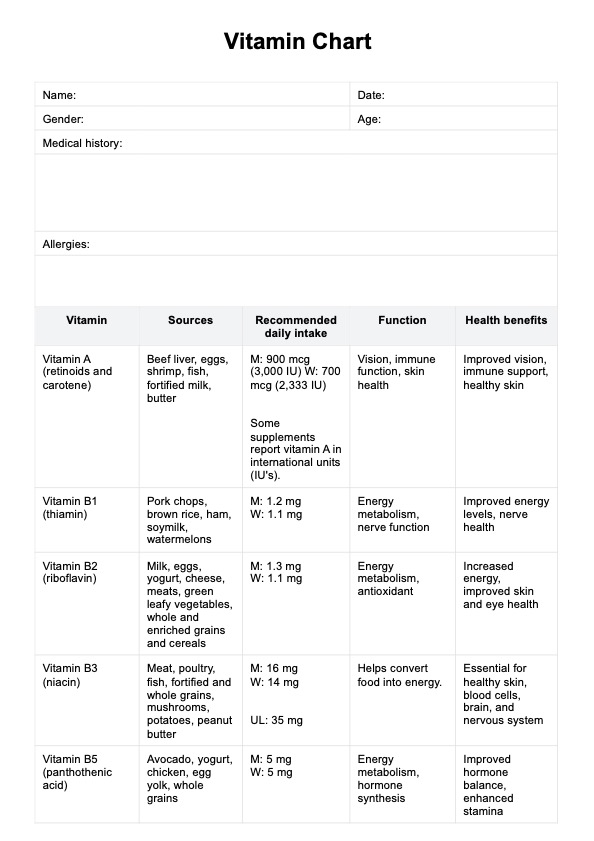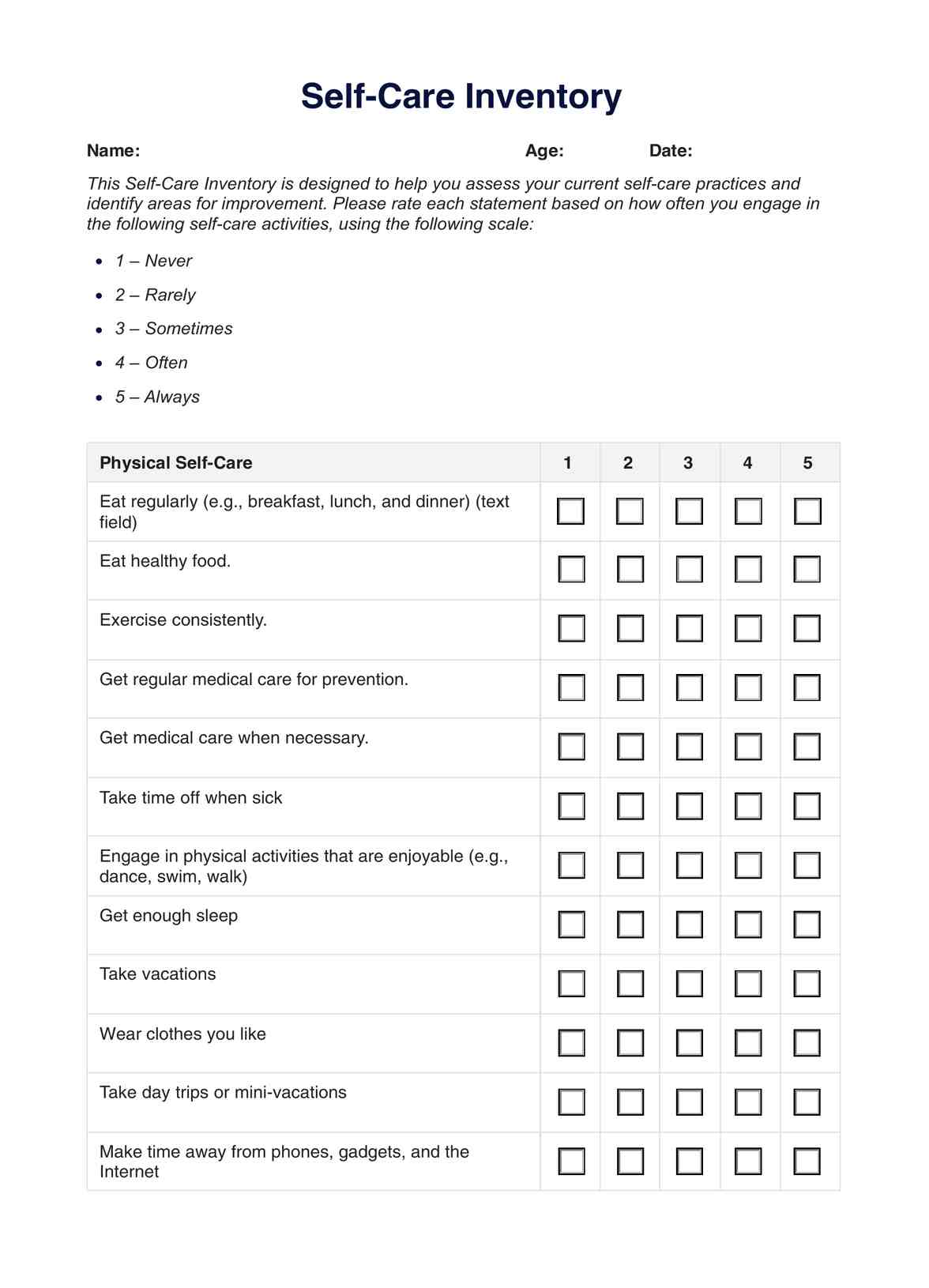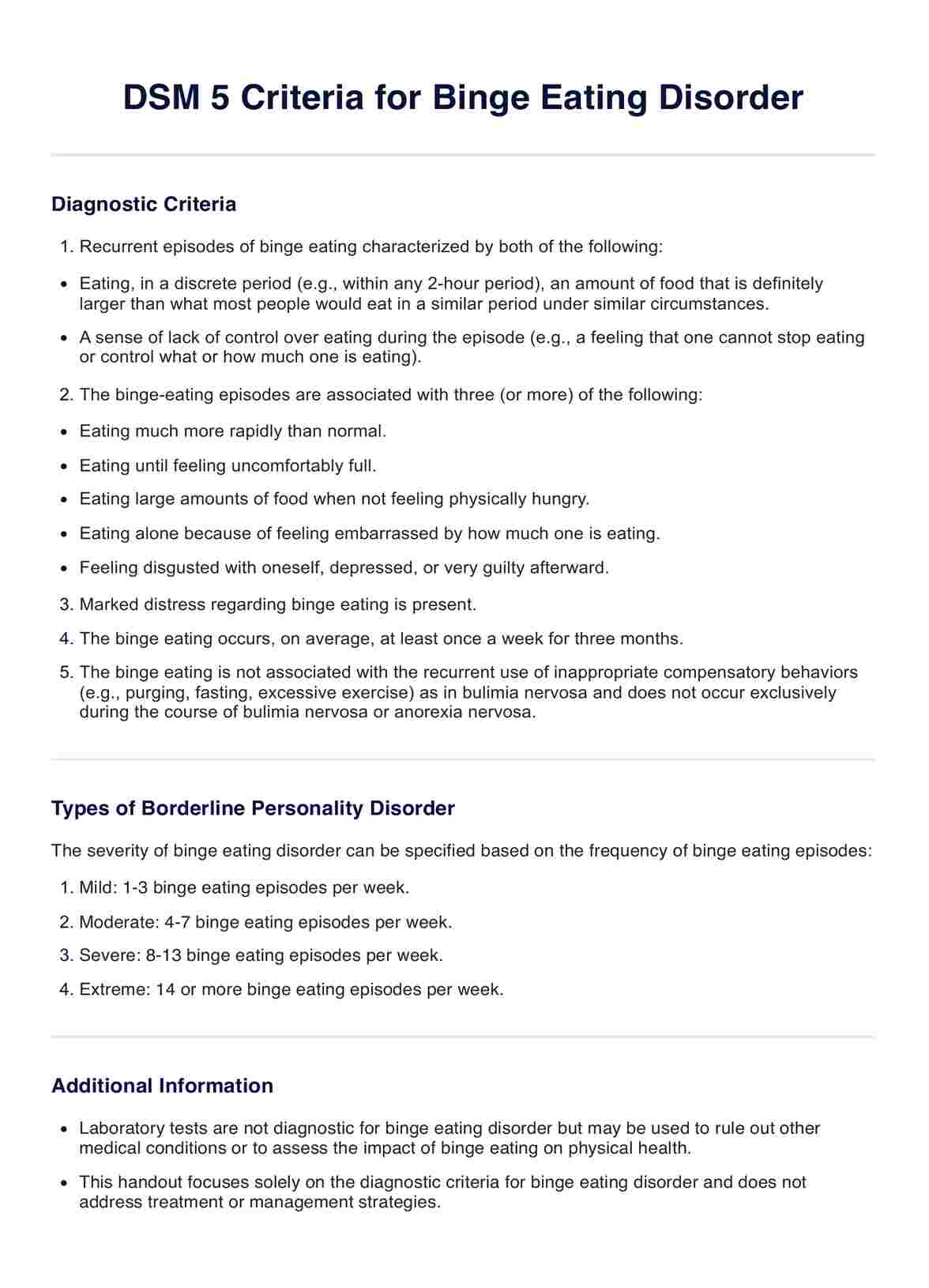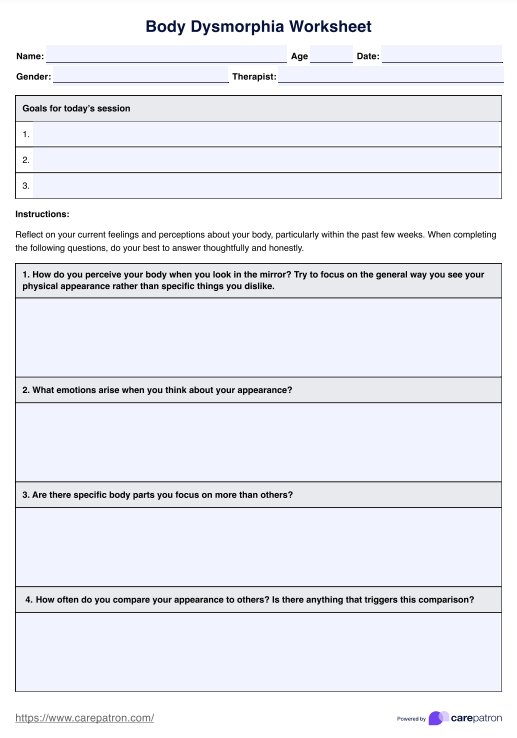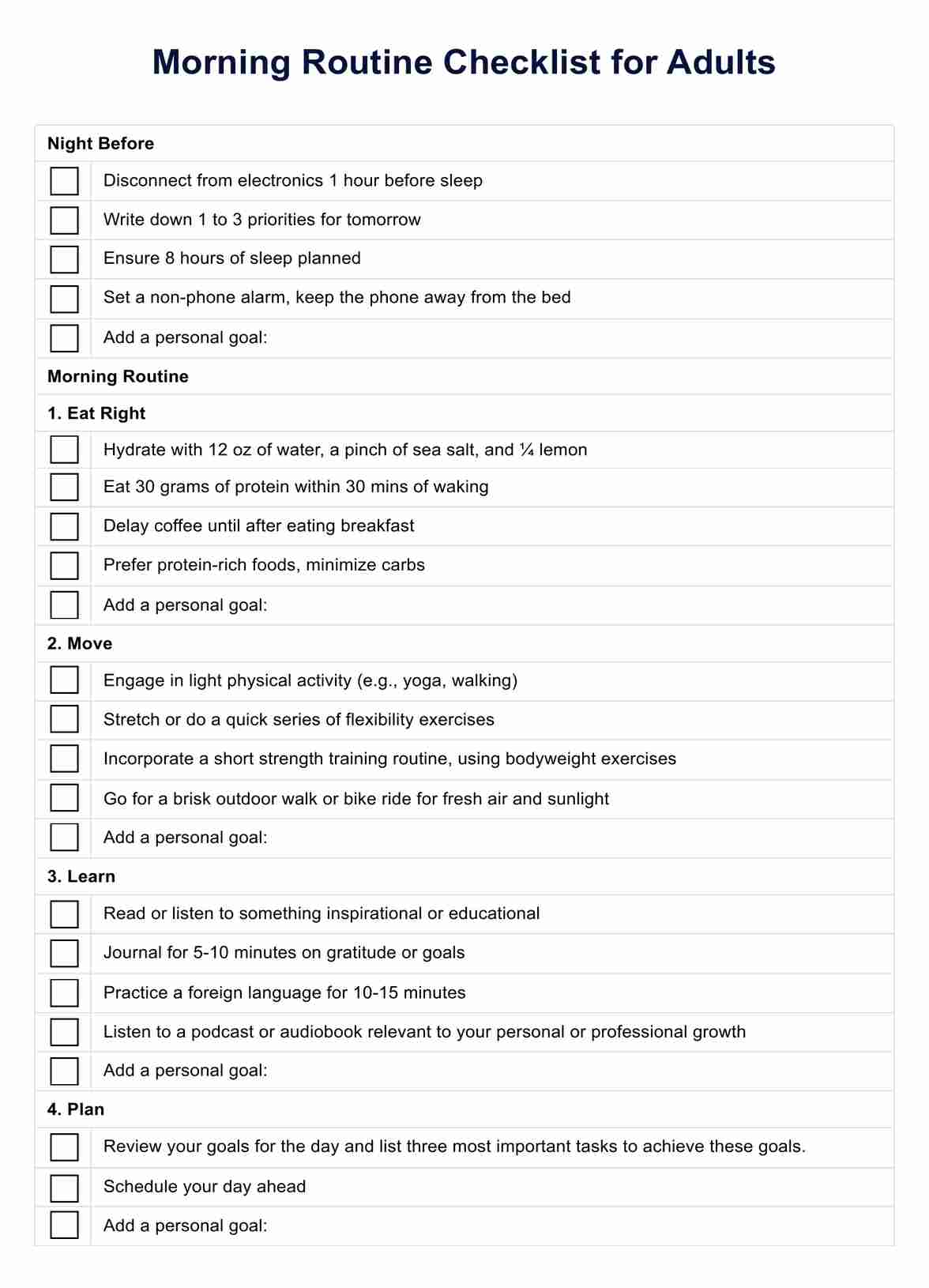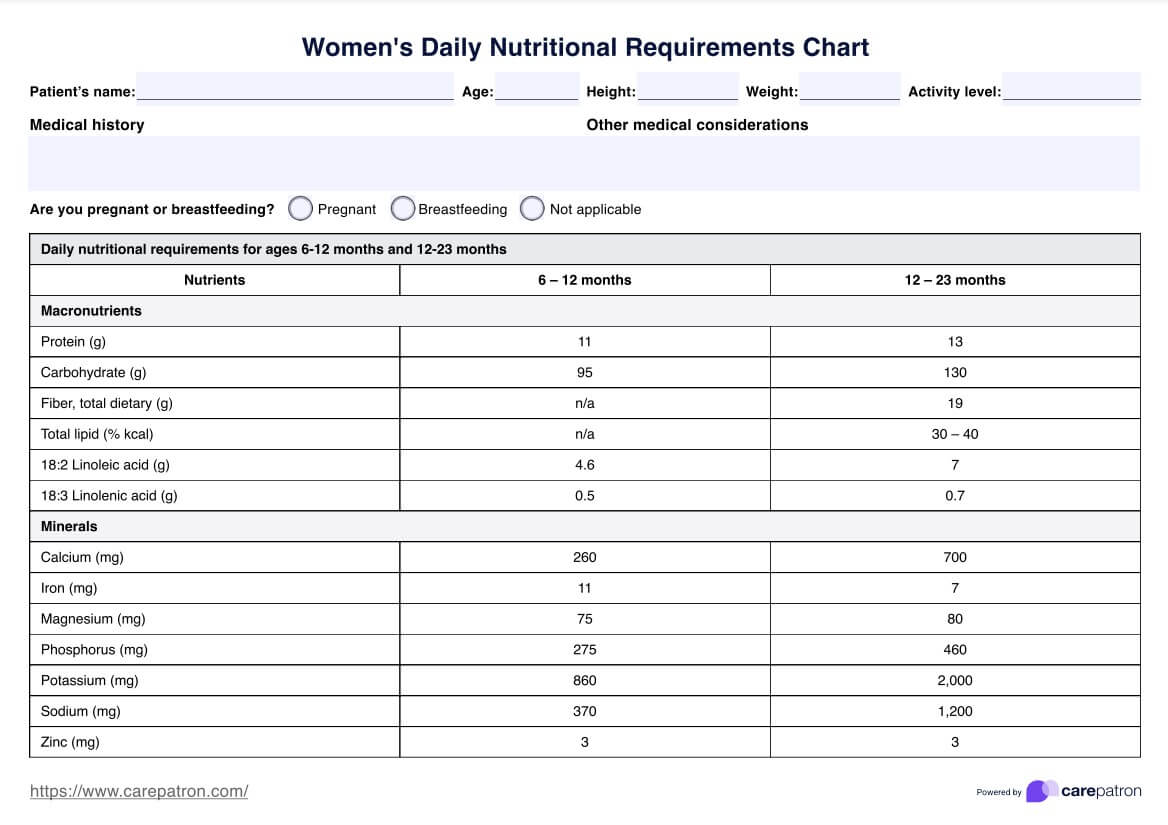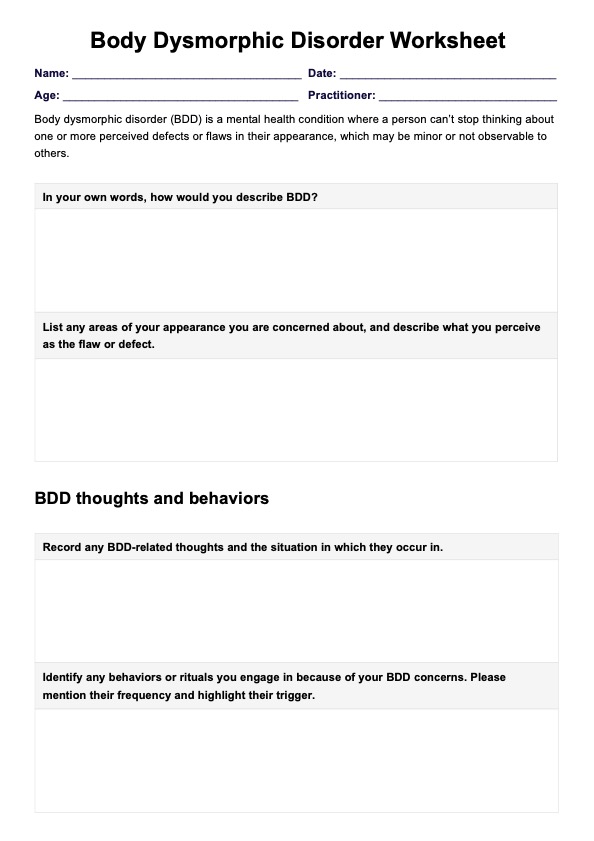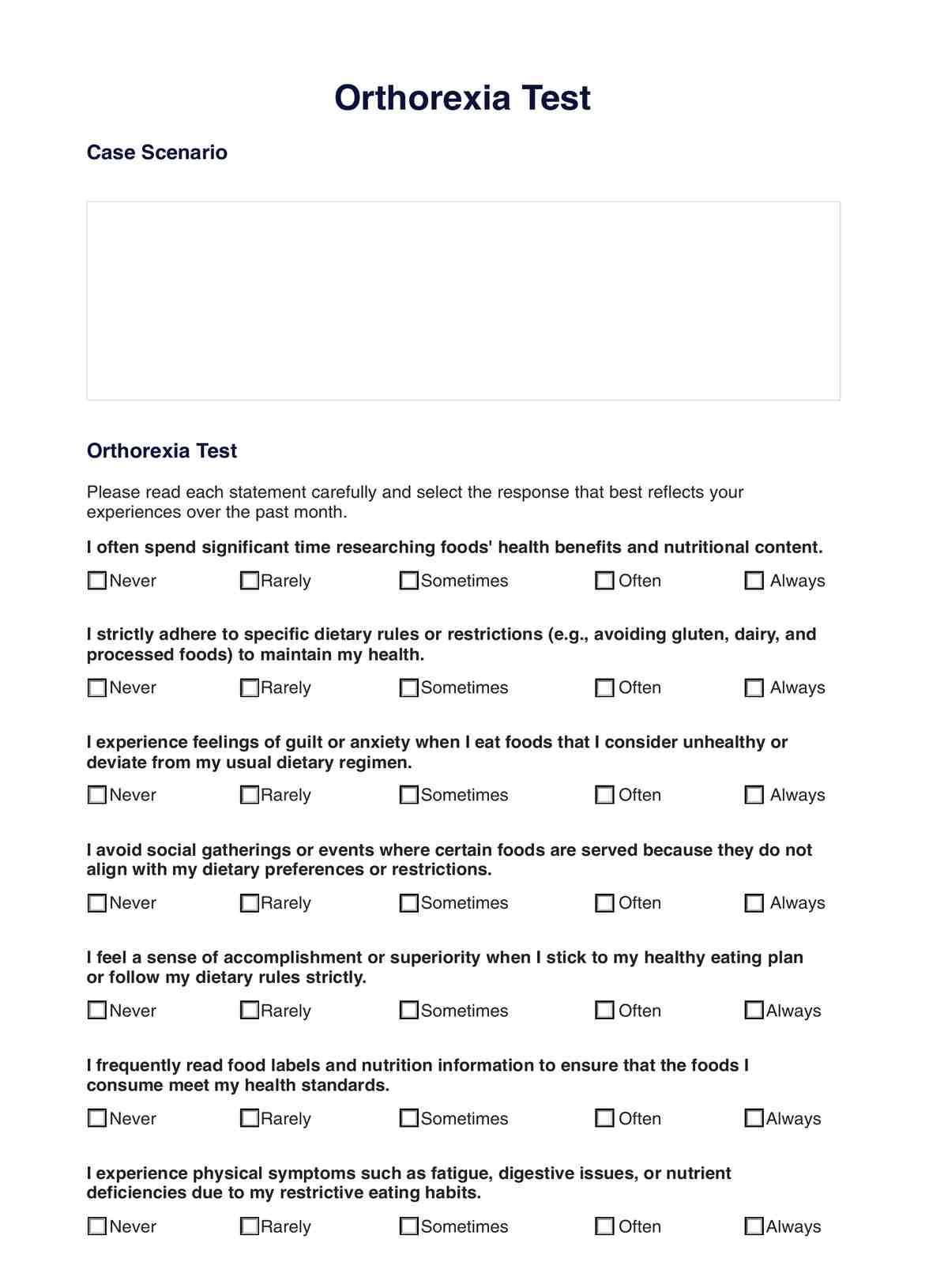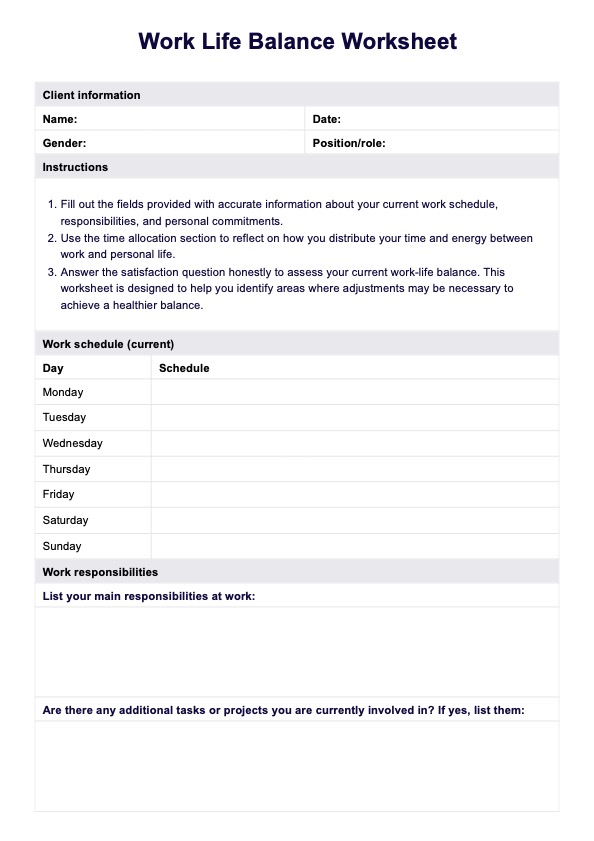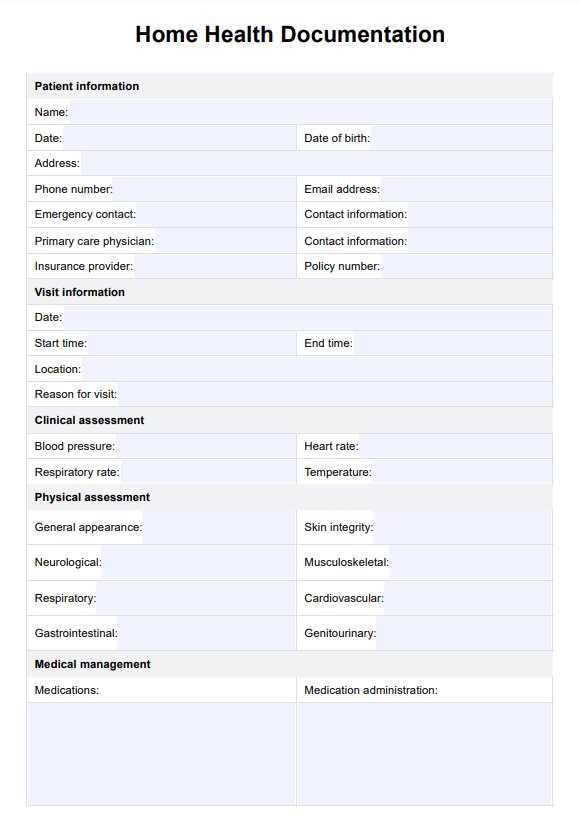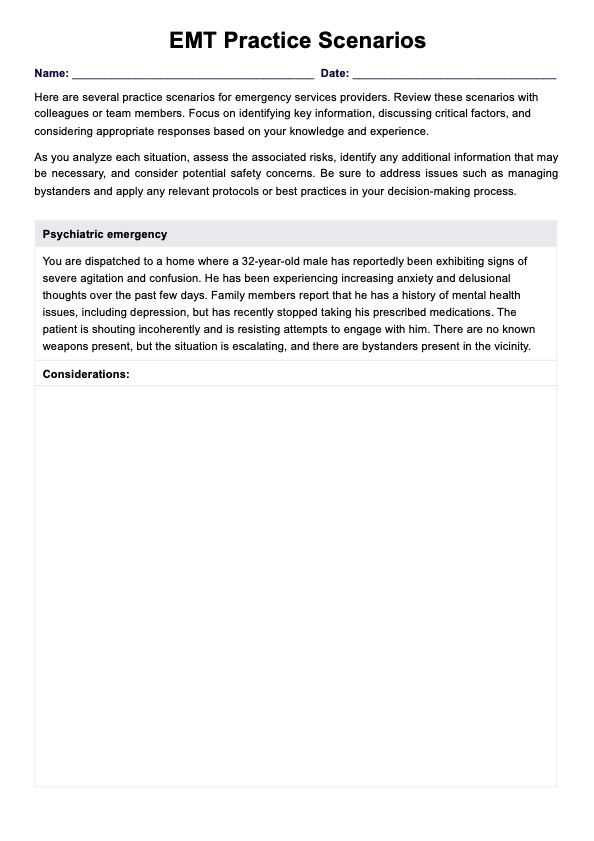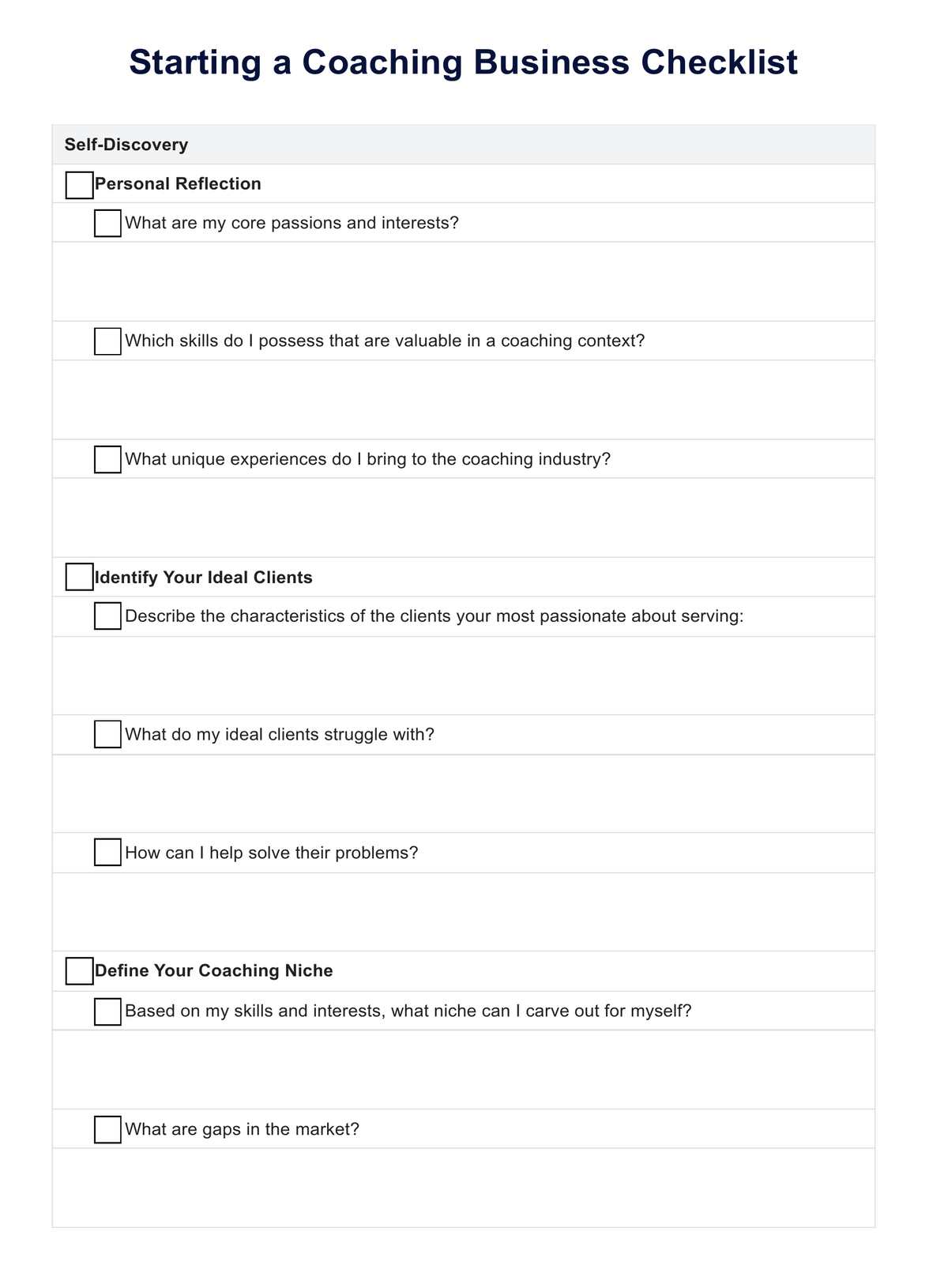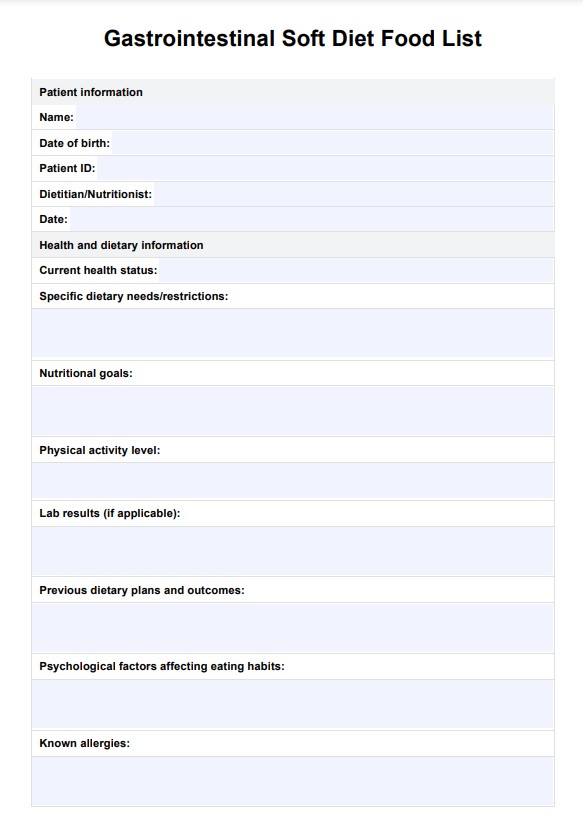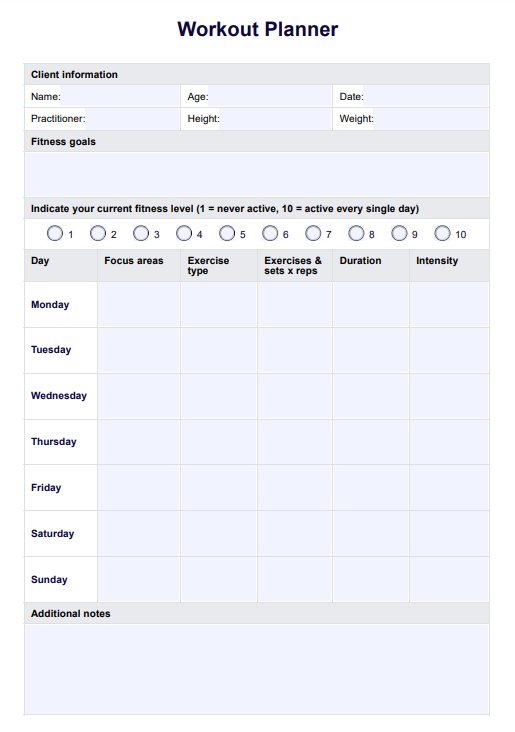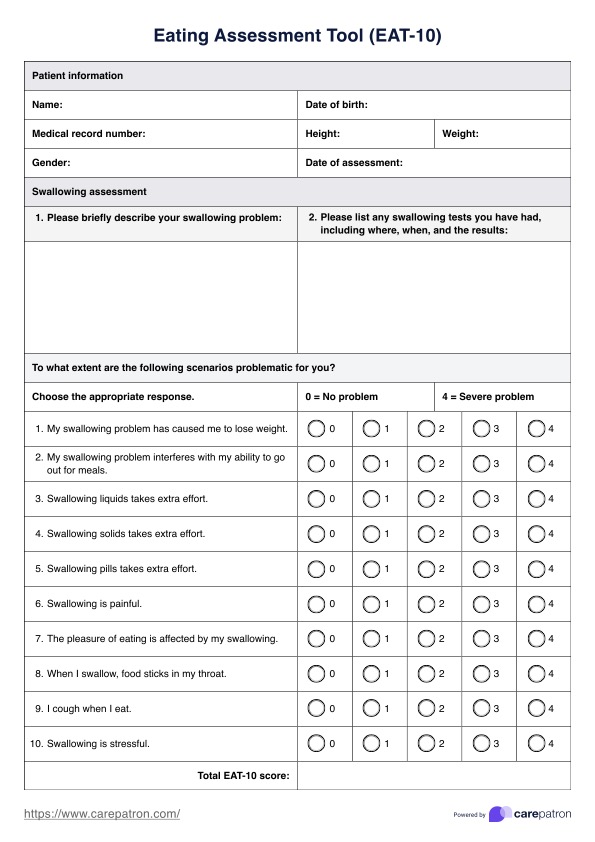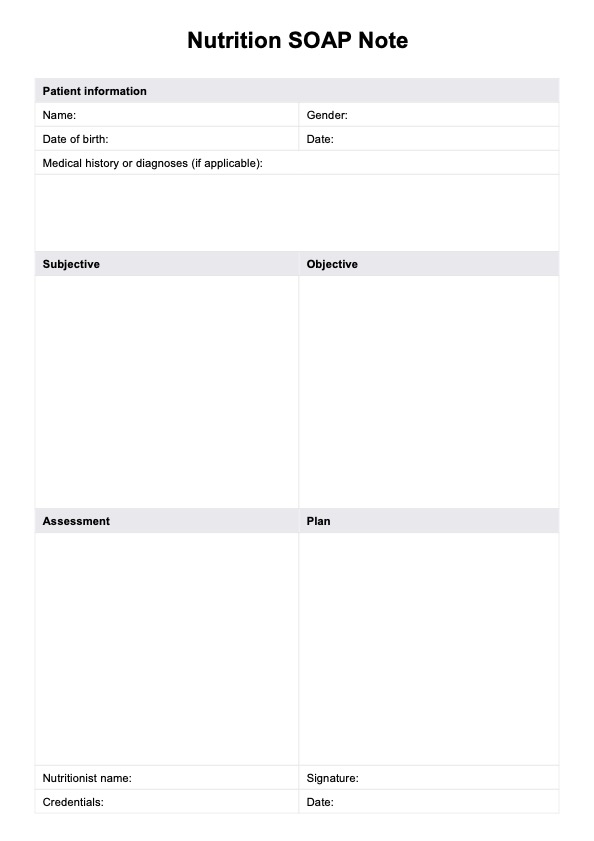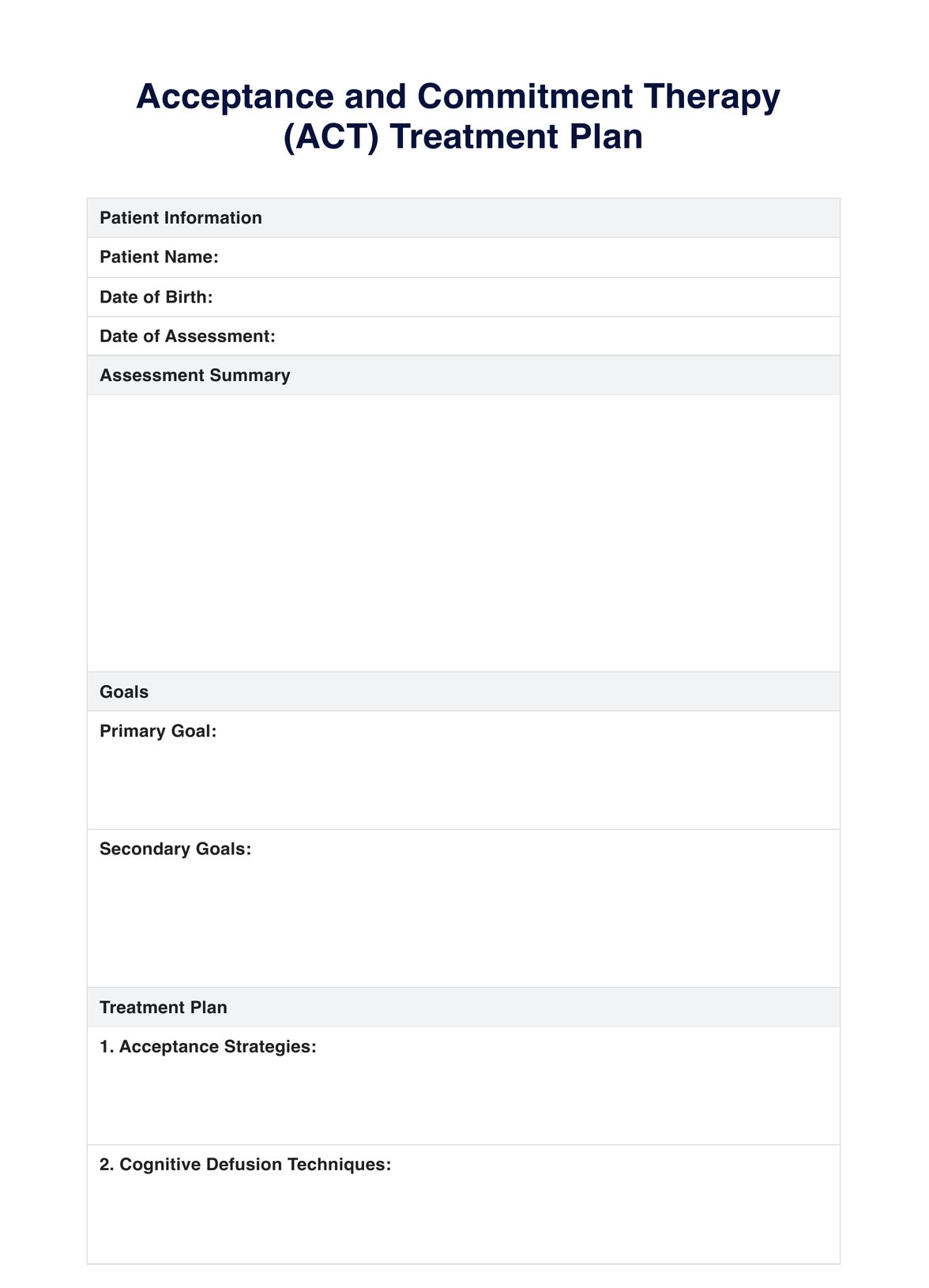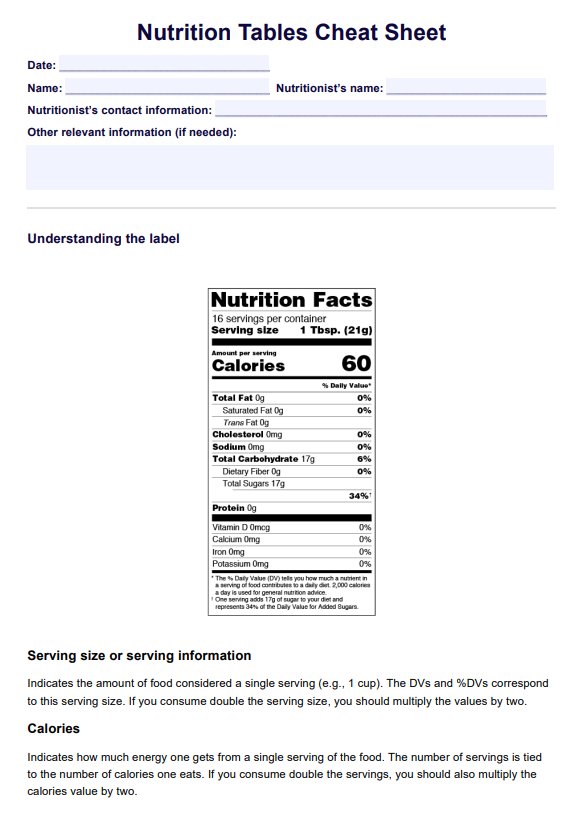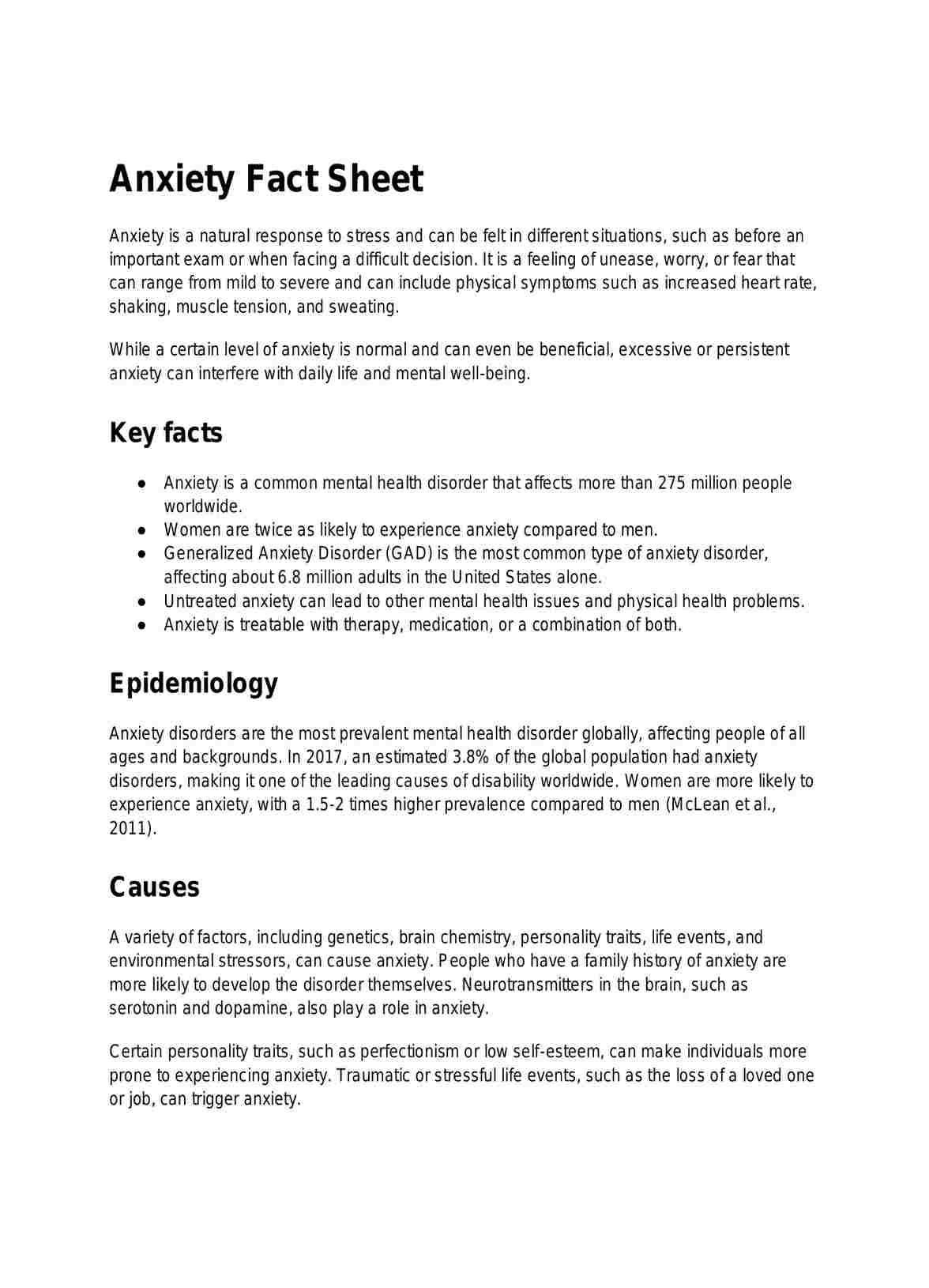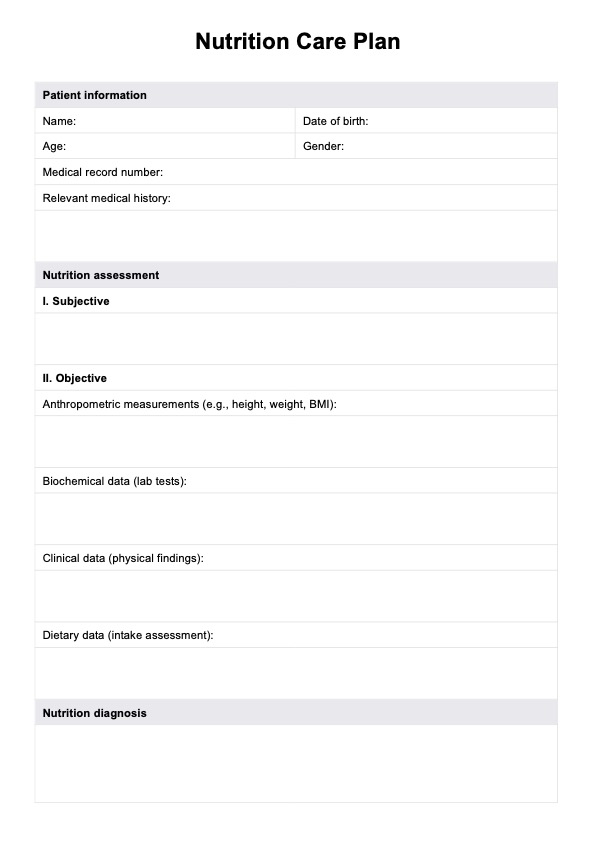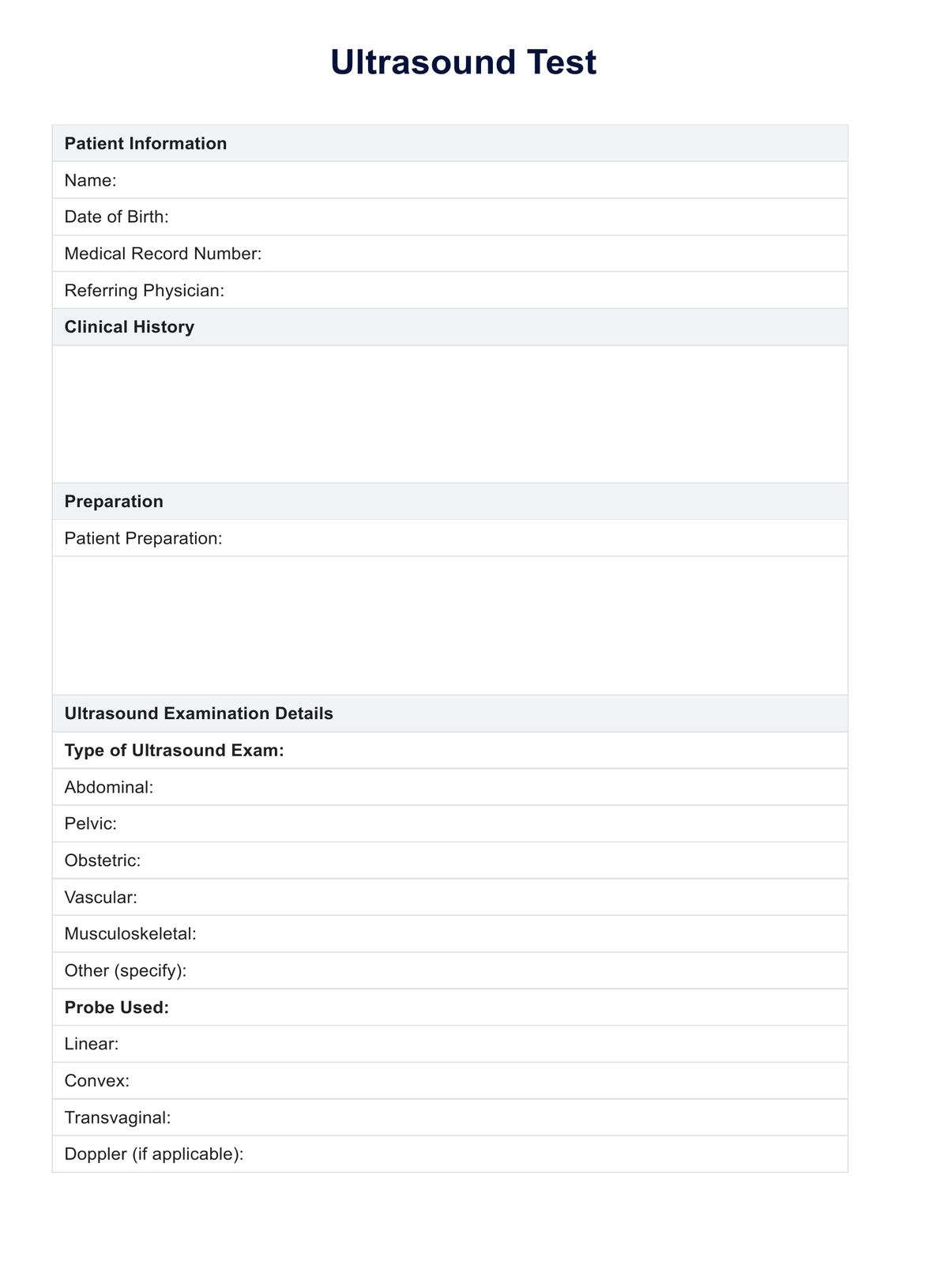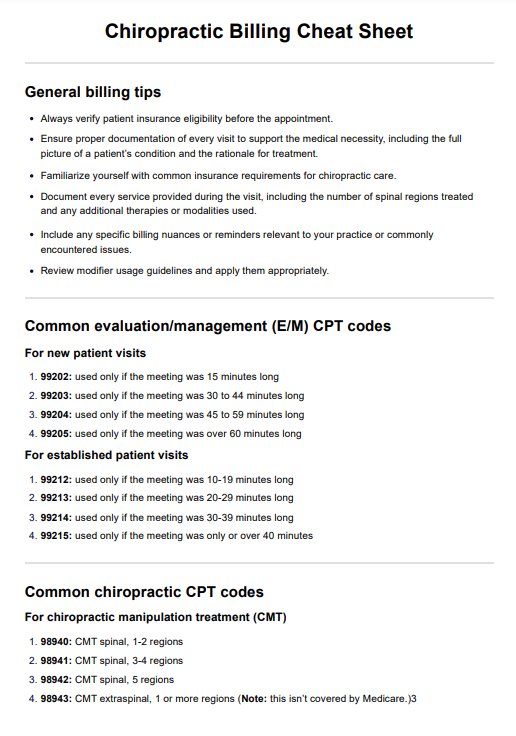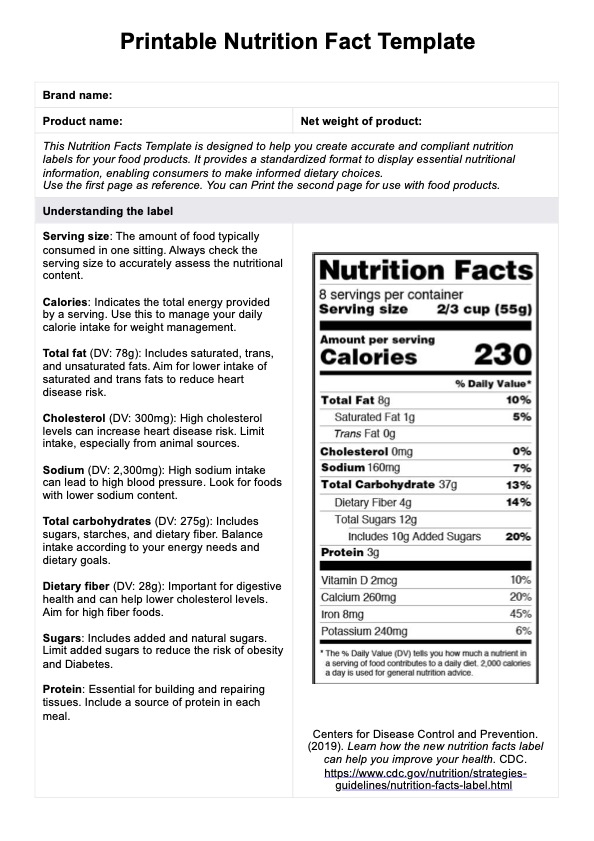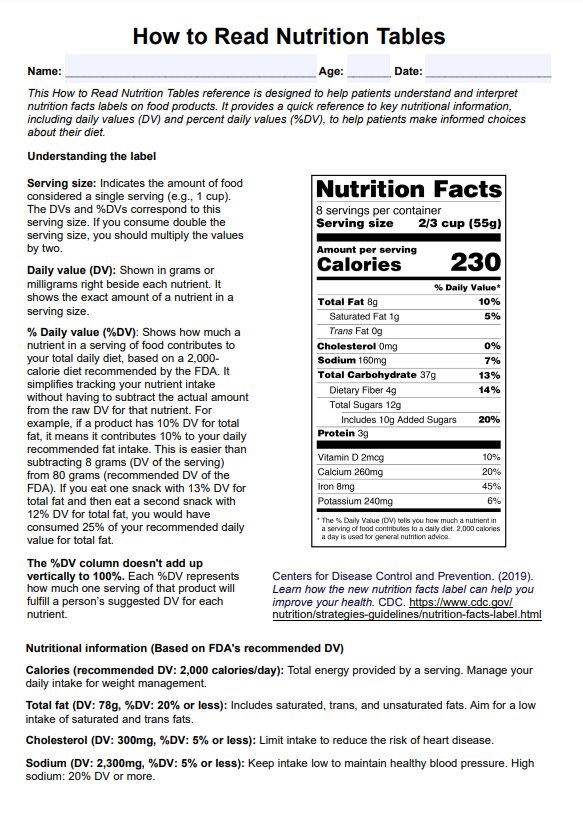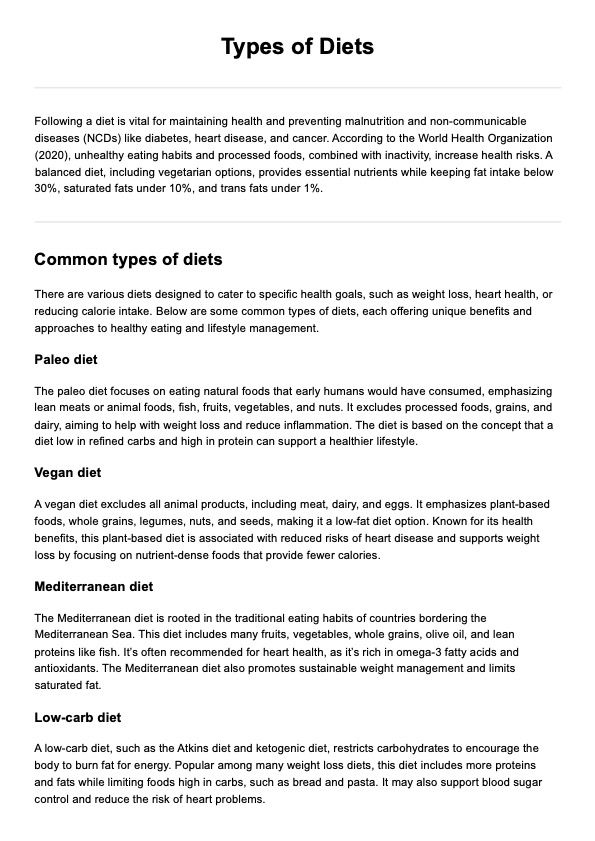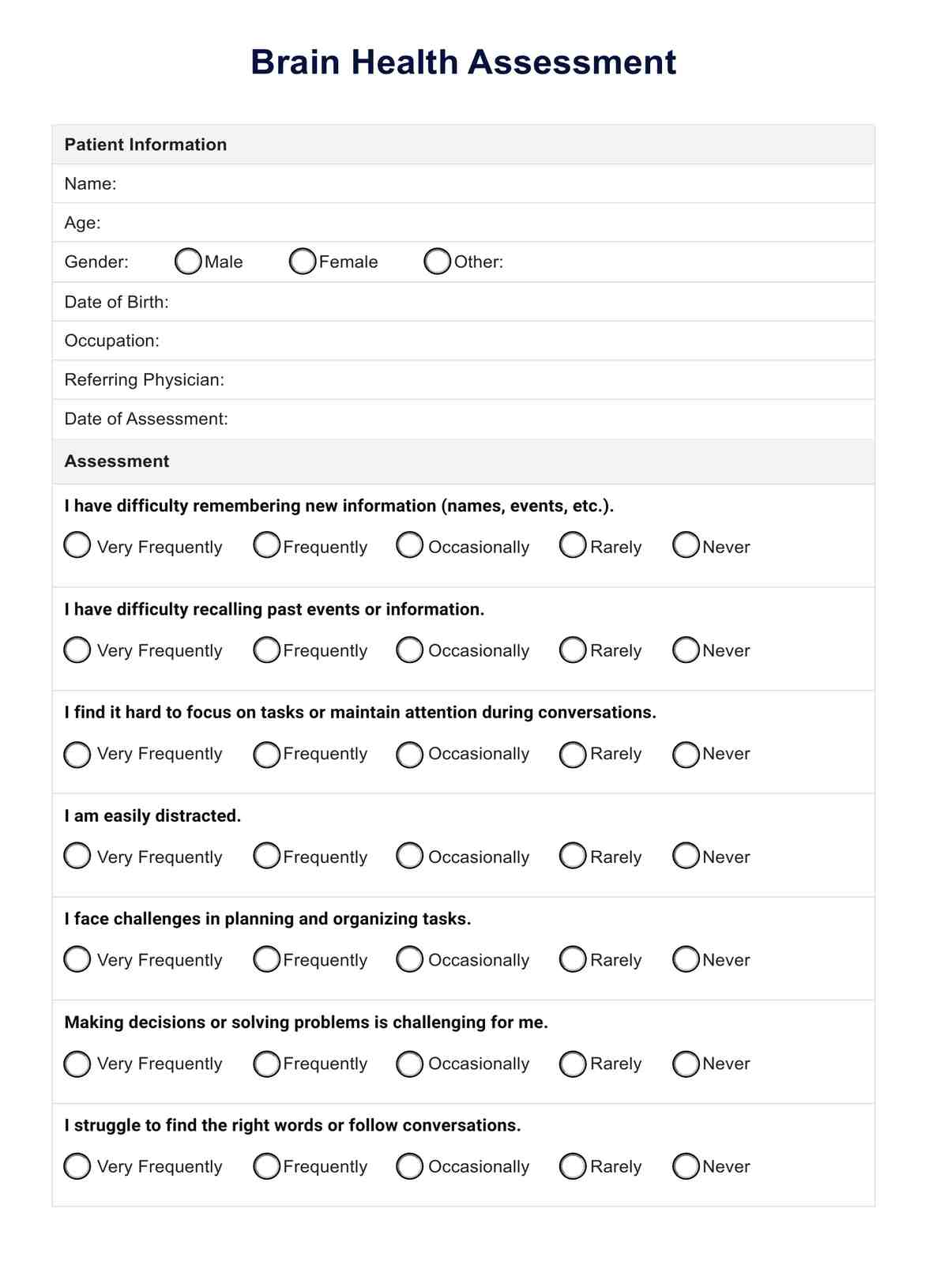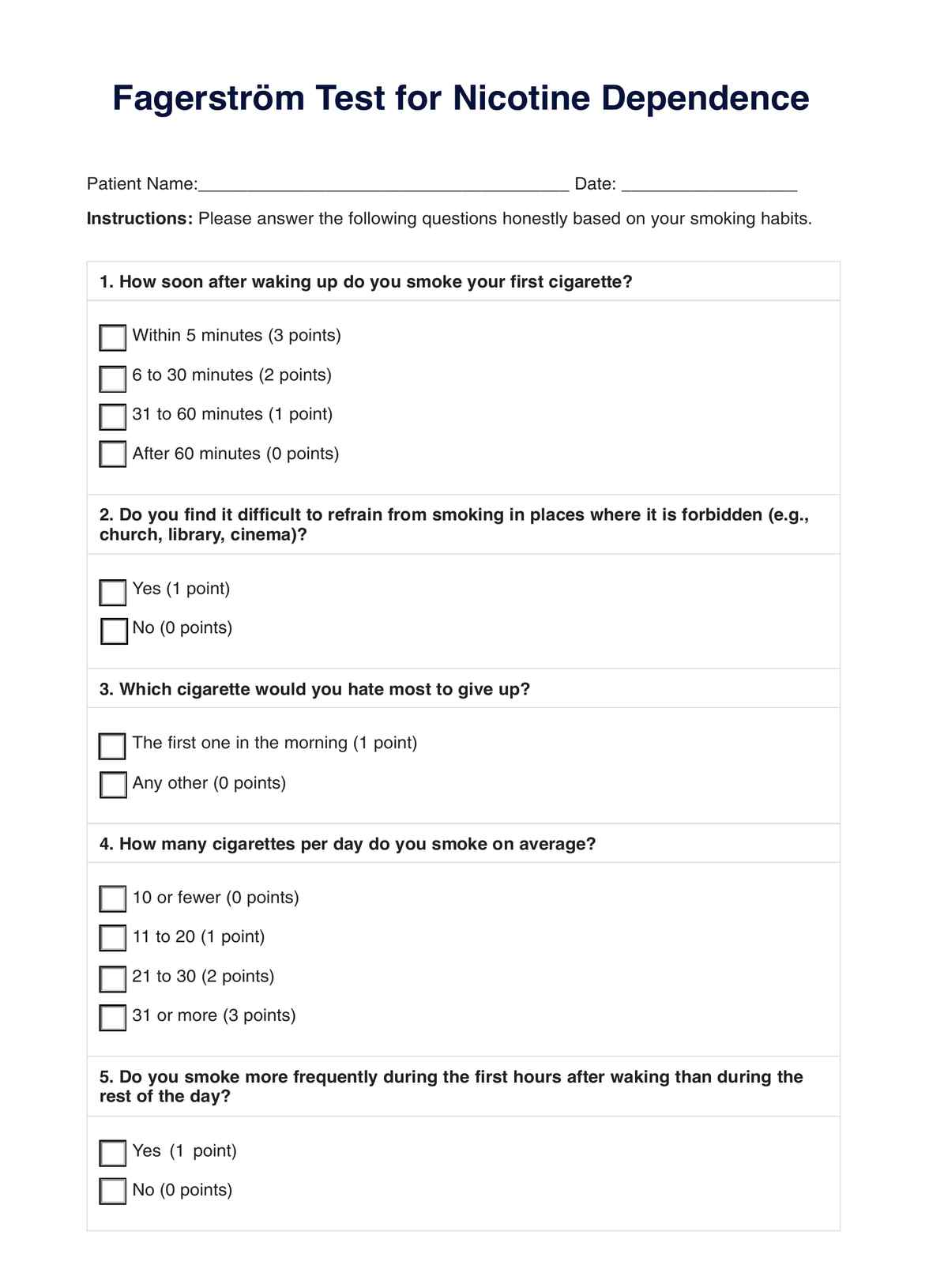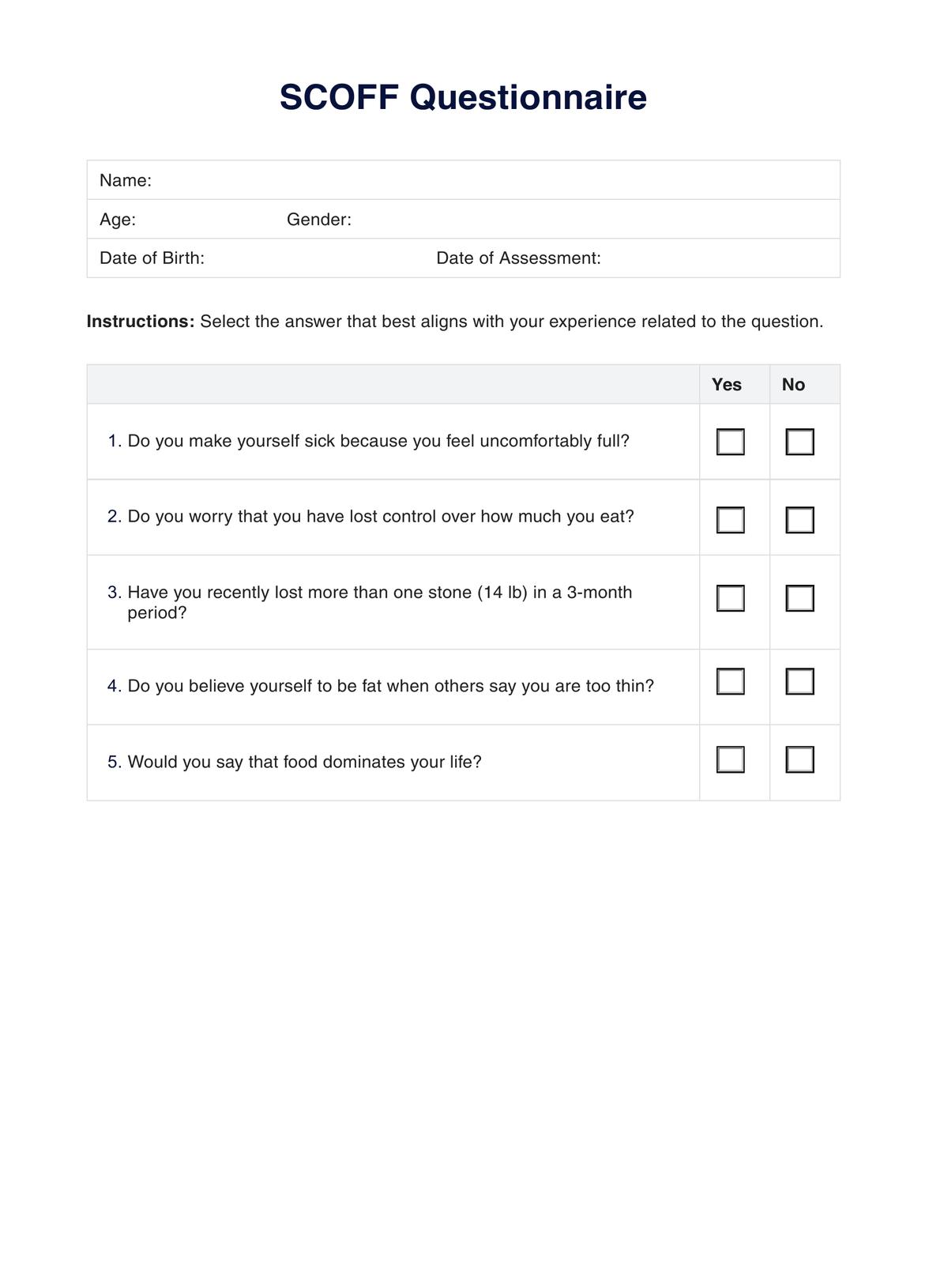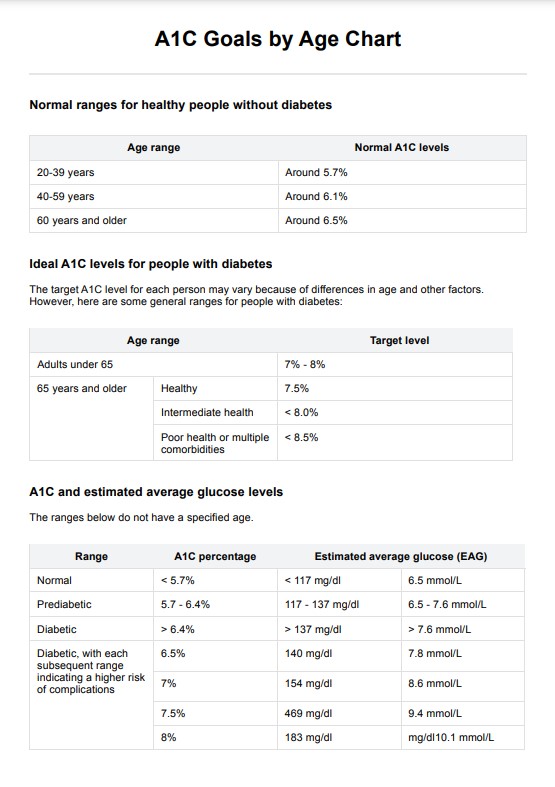Balance Diet Chart
Discover optimal health with our comprehensive Balance Diet Chart guide – the key to nourishment, energy, and well-being.


What is a Balance Diet Chart?
A Balanced Diet Chart provides reference values for the consumption of different food groups. It is a representation of the recommended daily intake of various food groups to maintain a healthy and balanced diet.
A Balance Diet Chart typically includes five main food groups: fruits, vegetables, grains, protein-rich foods, and dairy products. The purpose of a Balance Diet Chart is to help individuals make informed choices about their food intake and ensure that they are meeting their nutritional requirements.
Carepatron has crafted a Balance Diet Chart template including information from the United States Department of Agriculture's Dietary guidelines for Americans 2020 -2025 (2020). The template also includes fields for your patient's information and notes you may have from their doctor or dietician.
Balance Diet Chart Template
Balance Diet Chart Example
How to use our Balance Diet Chart?
This printable Balance Diet Chart serves as a guide for planning meals depending on your patient's age and calorie level of pattern. Follow these steps to get started:
Step 1: Get a copy
Click the "Use Template" button to access the Balance Diet Chart template via the Carepatron app. Alternatively, you can click "Download" to get a PDF copy.
Step 2: Complete the chart
Enter your patient's information in the designated fields. Make sure to calculate their calorie level pattern and indicate it in the template. Afterward, use the tables to determine their required daily intake of food groups. T
Step 3: Add notes
Use the "Patient’s dietary needs" and "Additional notes" sections to add any important notes you may have from your patient's doctor or dietician. This includes any allergies, food restrictions, or special dietary requirements.
Step 4: Save and share
Once you have completed the Balance Diet Chart, save it for future reference. You can also share it with your patient via email or print a copy for them to keep.
Benefits of using this Balance Diet Chart template
Here are some benefits of using our Balance Diet Chart template:
Evidence-based
This template is based on the latest Dietary guidelines for Americans 2020 -2025 (2020) from the United States Department of Agriculture. It reflects current scientific evidence and recommendations for a healthy, balanced diet.
Customizable
The template allows you to input your patient's specific information and needs, making it tailored to their requirements. This ensures that the diet plan is personalized and suitable for their unique dietary needs.
Easy to use
With its simple layout, this Balance Diet Chart template is easy to use for both healthcare professionals and patients. It eliminates any confusion or guesswork when planning meals.
Core elements of a balanced diet
A well-balanced diet plays a crucial role in maintaining overall health and achieving specific goals such as weight loss or healthy weight gain. It is essential to incorporate various food groups that provide the necessary nutrients to one's eating habits for optimal functioning to lose weight or maintain a healthy lifestyle:
Vegetables and fruits
These are healthy foods are excellent sources of essential vitamins, minerals, and fiber, which are crucial for maintaining overall health and well-being. Leafy greens, such as spinach and kale, are packed with nutrients like vitamin K and iron, while berries, including blueberries and strawberries, provide antioxidants that help combat oxidative stress. Citrus fruits, like oranges and grapefruits, are not only rich in vitamin C but also add a refreshing burst of flavor to a diet.
Whole grains
Whole grains provide a good source of complex carbohydrates, fiber, B vitamins, and minerals such as iron and magnesium. Some examples include oats, quinoa, brown rice, and whole-wheat bread.
Healthy fats
Incorporating healthy fats into a balanced and healthy diet is essential for maintaining overall health, particularly when it comes to managing weight and reducing the risk of cardiovascular diseases . Healthy fats, such as those found in avocados, nuts, seeds, and olive oil, provide essential fatty acids that support cellular function and nutrient absorption. Unlike processed foods and saturated fats, which can lead to health complications when consumed in excess, healthy fat intake contributes positively to a balanced nutrition plan.
Dairy or dairy alternatives
Dairy products, such as milk, yogurt, and cheese, are excellent sources of calcium, vitamin D, and protein. For those who do not consume dairy due to dietary restrictions or personal preferences, there are plenty of plant-based options available that provide similar nutrients. Some examples include almond milk, soy milk, and tofu.
Commonly asked questions
A balanced diet food chart is a visual representation outlining the recommended daily intake of various food groups to ensure optimal nutrition and overall well-being. It can help healthcare professionals craft balanced diet plans to avoid chronic diseases.
For balance, include a variety of fruits, vegetables, lean proteins, whole grains, and dairy in your diet and avoid processed meats. Examples of foods to eat are broccoli, chicken, quinoa, brown rice, and berries. They provide all the nutrients you may need for your lifesyle.
A balanced diet includes a mix of carbohydrates, proteins, fats, green vegetables, vitamins, and minerals. For example, a meal with grilled fish, brown rice, and vegetables promotes healthy eating.


